Navigating Tariff Challenges Chinese Gearedmotor Industry Thrives Amidst Global Trade Tensions
In the face of escalating trade tensions and reciprocal tariffs between China and the United States, the Chinese gearedmotor industry has demonstrated remarkable resilience and growth. Despite the challenges posed by these economic sanctions, manufacturers within this sector have strategically adapted to changing market conditions, leveraging innovation and competitive pricing to maintain their foothold in both domestic and international markets. The adaptability of the gearedmotor industry highlights not only the importance of engineering excellence but also the resourcefulness of Chinese businesses in navigating a complex global landscape. This blog will explore how the gearedmotor industry in China is thriving amidst these tariff challenges, showcasing key players and the strategies they employ to stay ahead, ultimately reinforcing the notion that even in difficult times, opportunity can be forged through ingenuity and determination.

Strategies for Chinese Gearedmotor Industry to Thrive Amid Tariff Impacts
The Chinese geared motor industry is facing significant challenges due to global trade tensions and increased tariffs, particularly from the United States. However, by adopting strategic measures, this sector can navigate these turbulent waters and not only survive but thrive. One effective approach is to enhance innovation capabilities within the industry. As China continues to evolve into a leader in advanced technologies, harnessing domestic talent and fostering partnerships can lead to breakthroughs that will keep the industry competitive, even in a challenging market.
TIPS: Periodically assess the potential impact of tariffs on your supply chain and explore alternatives, such as sourcing raw materials from other countries to mitigate risks. Additionally, invest in research and development to stay ahead of industry trends and improve product efficiency.
Furthermore, diversifying export markets can prove beneficial. With tensions lingering between the U.S. and China, companies should consider expanding their reach to emerging markets where demand for geared motors is growing. By strategically positioning themselves in these new markets, businesses can buffer against tariff-induced losses and continue to drive growth.
TIPS: Conduct thorough market research to identify regions with favorable tariffs and regulations. Collaborating with local businesses can also ease entry into these markets and enhance overall competitiveness.
Navigating Tariff Challenges: Chinese Gearedmotor Industry Thrives Amidst Global Trade Tensions
| Year |
Export Growth (%) |
Market Share (%) |
Investment in R&D (Million USD) |
Major Markets |
| 2020 |
5.4 |
30 |
200 |
North America, Europe |
| 2021 |
7.8 |
32 |
240 |
Asia Pacific, Latin America |
| 2022 |
9.1 |
35 |
300 |
Middle East, Africa |
| 2023 |
10.5 |
37 |
350 |
Global |
How Global Trade Tensions are Reshaping Manufacturing Dynamics in China
Amidst the swirling currents of global trade tensions, the Chinese geared motor industry is experiencing a significant transformation. According to a recent report by the Global Gear Drive Association, the market for geared motors in China is projected to reach $15 billion by 2025, reflecting a compound annual growth rate (CAGR) of 7.5% from the previous year. As tariffs and trade barriers increase, manufacturers are re-evaluating their supply chains and production strategies, leading to a new wave of innovation and efficiency within the sector.
Chinese manufacturers are not just adapting; they're thriving by leveraging advanced technologies, such as IoT and automation, to enhance product quality and operational efficiency. A study by Statista indicates that the integration of smart manufacturing solutions has improved productivity by up to 30% in some operations. As firms pivot to meet both domestic demand and global standards, the local geared motor industry is emerging as a competitive player on the international stage, positioning itself to benefit from the reshaping manufacturing dynamics brought on by trade upheavals. This resilience showcases the ability of Chinese companies to adapt and innovate in the face of challenges, ultimately paving the way for sustained growth and success.
The Role of Innovation in Strengthening China's Gearedmotor Sector
In the midst of ongoing global trade tensions, China's gearedmotor industry faces significant tariff challenges. However, the sector's resilience is largely attributed to its commitment to innovation. By investing in advanced technologies and adopting smart manufacturing processes, companies within this industry have not only maintained competitiveness but have also expanded their market reach. This strategic pivot towards innovation has empowered local manufacturers to produce high-quality gearedmotors that meet diverse global standards, effectively mitigating the impact of tariffs.
Moreover, the emphasis on research and development has paved the way for the creation of new products designed to meet the evolving demands of various industries, such as automation, renewable energy, and transportation. Initiatives to foster collaboration between academia and industry further bolster the innovation landscape in the gearedmotor sector. As companies embrace digital transformation and sustainable practices, they are equipped to navigate the complexities of international trade, turn challenges into opportunities, and secure a promising future in an increasingly competitive marketplace.

Navigating Supply Chain Challenges Under Tariff Pressures
The global economic environment is increasingly characterized by tariff pressures, which pose significant challenges for the Chinese geared motor industry. As geopolitical tensions escalate, companies must navigate the complexities of supply chain disruptions. The unpredictable nature of tariffs impacts sourcing, pricing strategies, and overall competitiveness. For manufacturers and supply chain managers, adapting to these changes is vital for survival and growth.
**Tips for navigating supply chain challenges:**
1. **Diversify Supplier Networks:** To mitigate risks associated with tariffs, businesses should explore alternative suppliers across different regions. This not only helps in reducing dependence on specific markets but also allows for more flexible pricing strategies.
2. **Adjust Inventory Management:** Implementing just-in-time inventory systems can help companies respond to immediate tariff impacts. Frontloading inventory can safeguard against sudden price hikes and supply shortages, ensuring that operations remain smooth despite external pressures.
3. **Innovate Product Design:** Companies should consider redesigning products to utilize components less affected by tariffs. This proactive approach can help maintain competitive pricing while addressing the increased costs from tariffs imposed on certain materials.
By strategically approaching these tariff challenges, the Chinese geared motor industry can not only survive but potentially thrive amidst global trade tensions.
Navigating Tariff Challenges: Distribution of Gearedmotor Market by Region (2023)
This pie chart illustrates the distribution of the global gearedmotor market by region for the year 2023, highlighting the impacts of tariff challenges and the adjustments made by the industry.
Successful Case Studies: Chinese Companies Overcoming Trade Barriers
In the face of escalating global trade tensions, the Chinese geared motor industry has displayed remarkable resilience, leveraging innovative strategies to overcome trade barriers. Companies such as Nidec and SEW-Eurodrive have set notable examples of adaptability. Nidec, for instance, implemented a localization strategy, establishing manufacturing bases in key markets to circumvent tariffs and reduce shipping costs. This move not only helps the company maintain competitive pricing but also fosters closer ties with local customers.
Similarly, SEW-Eurodrive has focused on enhancing its supply chain efficiency by diversifying its sourcing and production processes. By investing in advanced automation and smart technologies, the company has streamlined operations, allowing for greater flexibility in production. This proactive approach has enabled SEW-Eurodrive to navigate fluctuations in trade policies while ensuring product availability in varied markets. These case studies illustrate how Chinese companies are not just surviving but thriving by harnessing innovation and strategic planning amid the challenging landscape of international trade.


Home
Products
SIEMENS Gearmotor
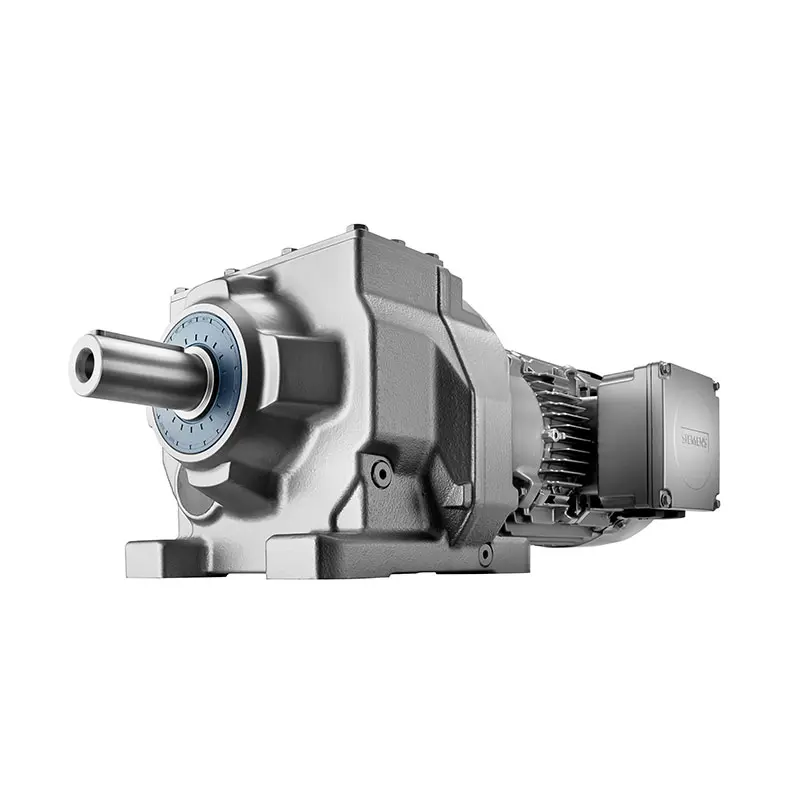 SIEMENS Helical Gearmotor Low Voltage
SIEMENS Helical Gearmotor Low Voltage 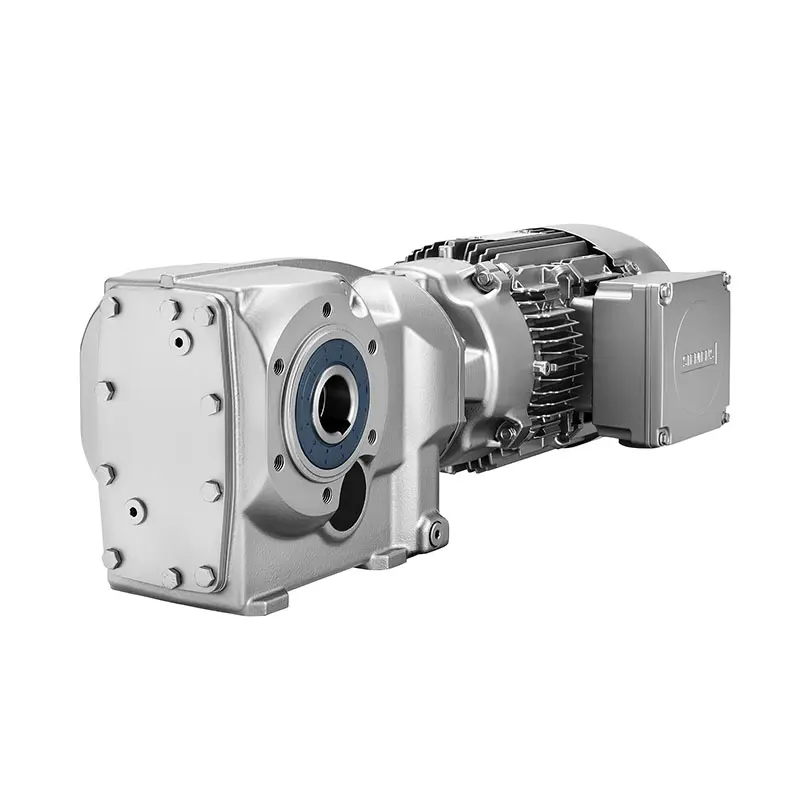 SIEMENS Bevel Helical Gearmotor
SIEMENS Bevel Helical Gearmotor 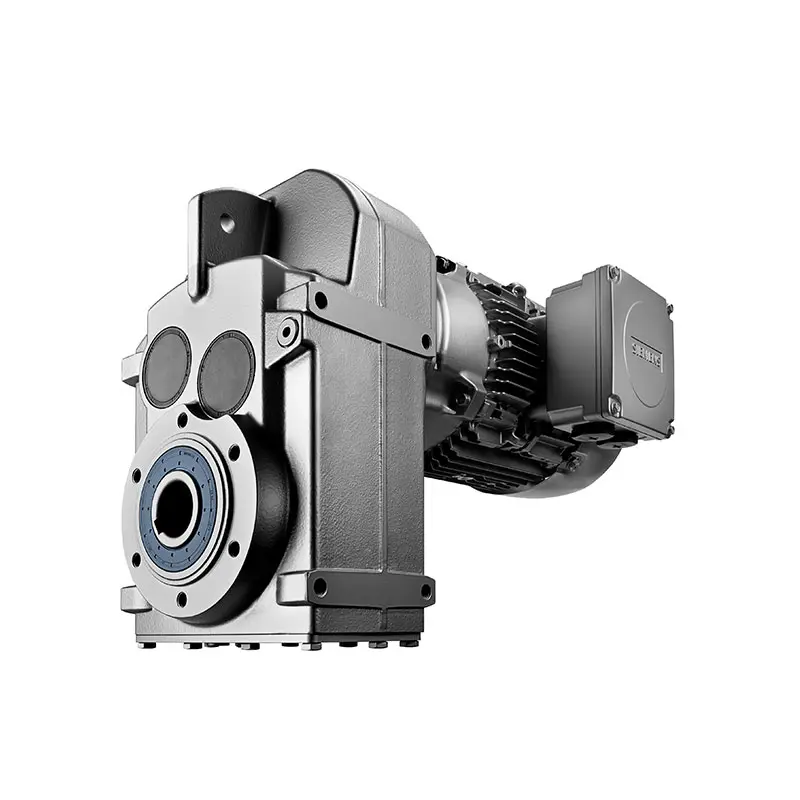 SIEMENS Parallel Shaft Gearmotor
SIEMENS Parallel Shaft Gearmotor 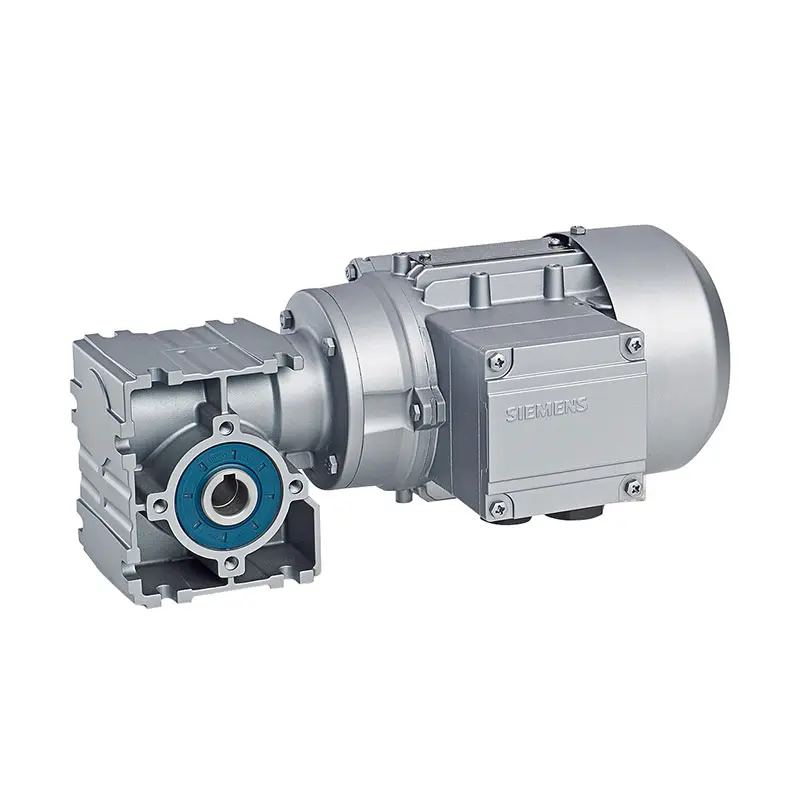 SIEMENS Worm Gearmotor Low Voltage
SIEMENS Worm Gearmotor Low Voltage 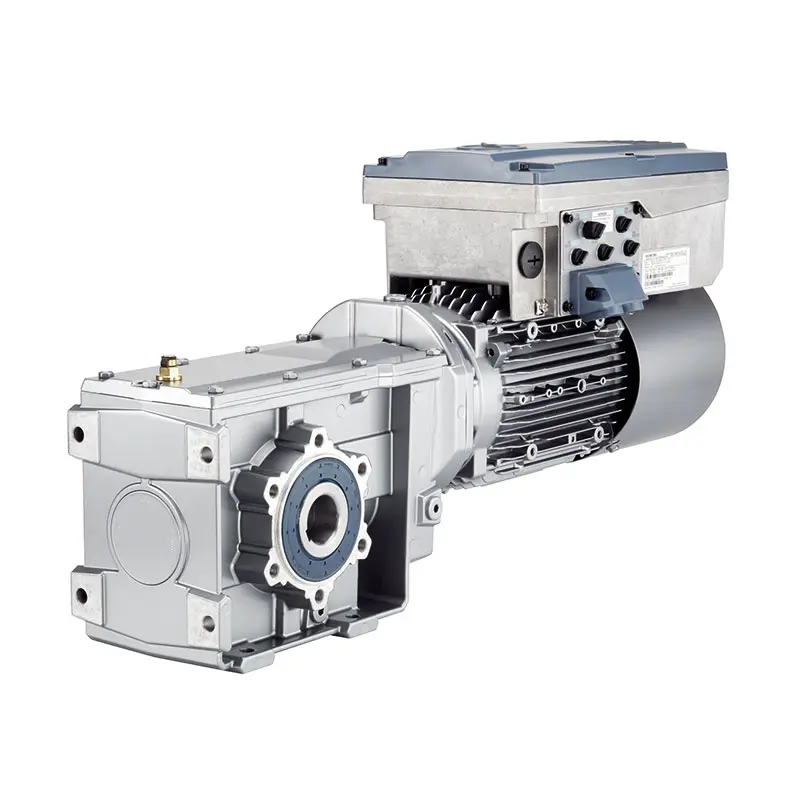 SIEMENS With Servo Motor Gearmotor
SIEMENS With Servo Motor Gearmotor 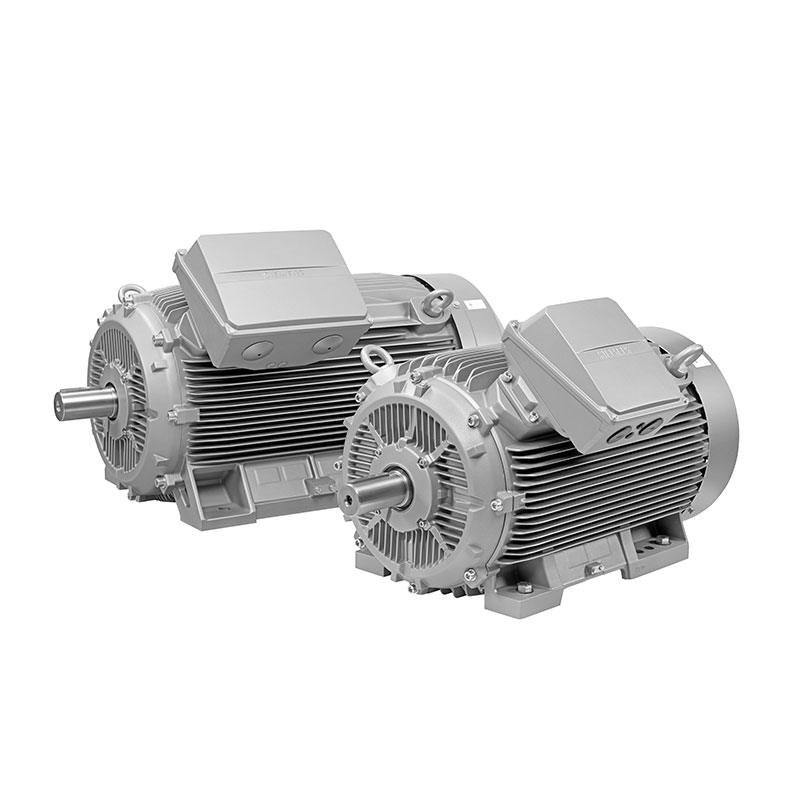 SIEMENS Low Voltage Motor Low Voltage
SIEMENS Low Voltage Motor Low Voltage 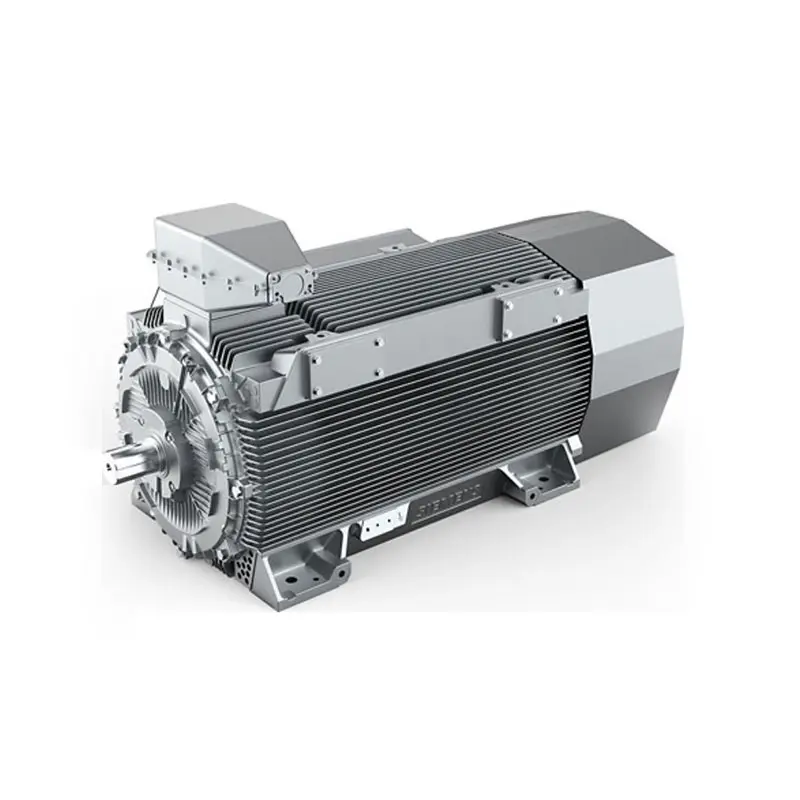 SIEMENS High Voltage Motor Low Voltage
SIEMENS High Voltage Motor Low Voltage 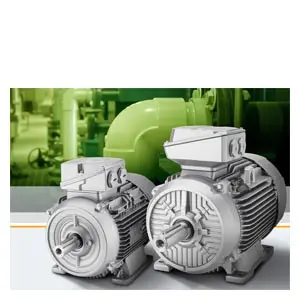 SIEMENS Marine Motor Low Voltage
SIEMENS Marine Motor Low Voltage 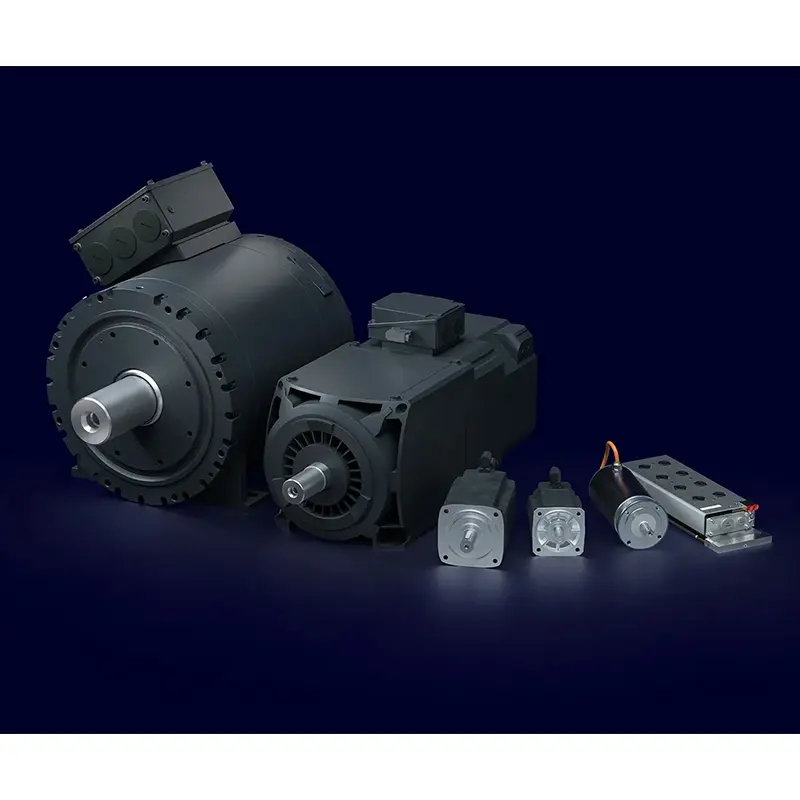 SIEMENS Servo Motor Low Voltage
SIEMENS Servo Motor Low Voltage 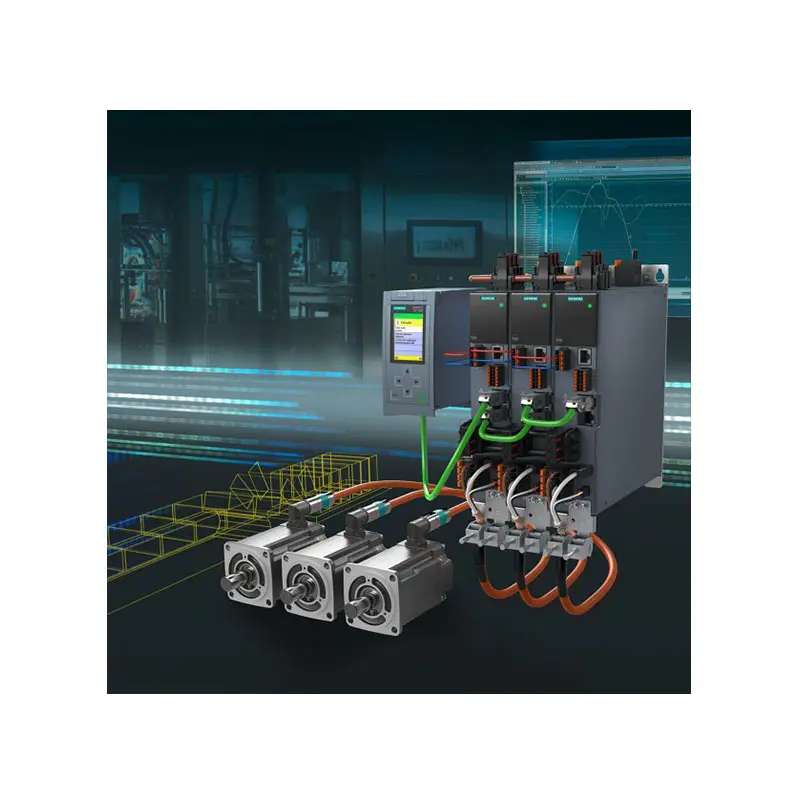 SIEMENS SINAMICS S210 Low Voltage
SIEMENS SINAMICS S210 Low Voltage 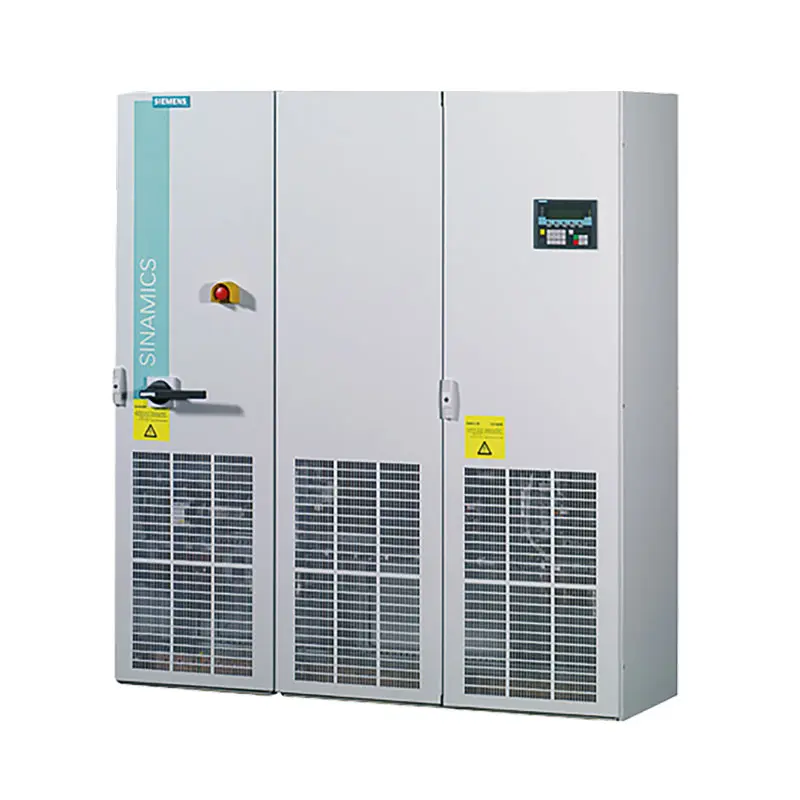 SIEMENS SINAMICS S150 Low Voltage
SIEMENS SINAMICS S150 Low Voltage  SIEMENS SINAMICS S120 Low Voltage
SIEMENS SINAMICS S120 Low Voltage  SIEMENS SINAMICS G130/G150
SIEMENS SINAMICS G130/G150 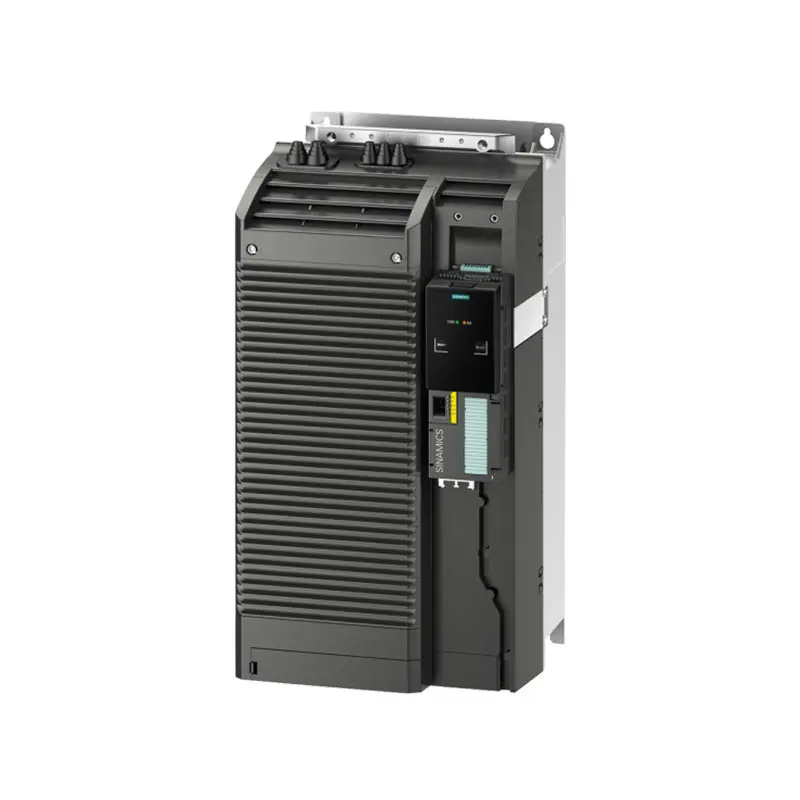 SIEMENS SINAMICS G120 Low Voltage
SIEMENS SINAMICS G120 Low Voltage 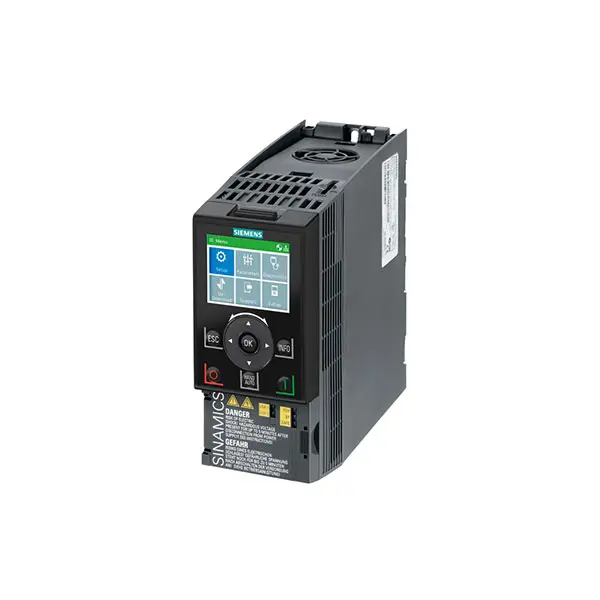 SIEMENS SINAMICS G120C Low Voltage
SIEMENS SINAMICS G120C Low Voltage 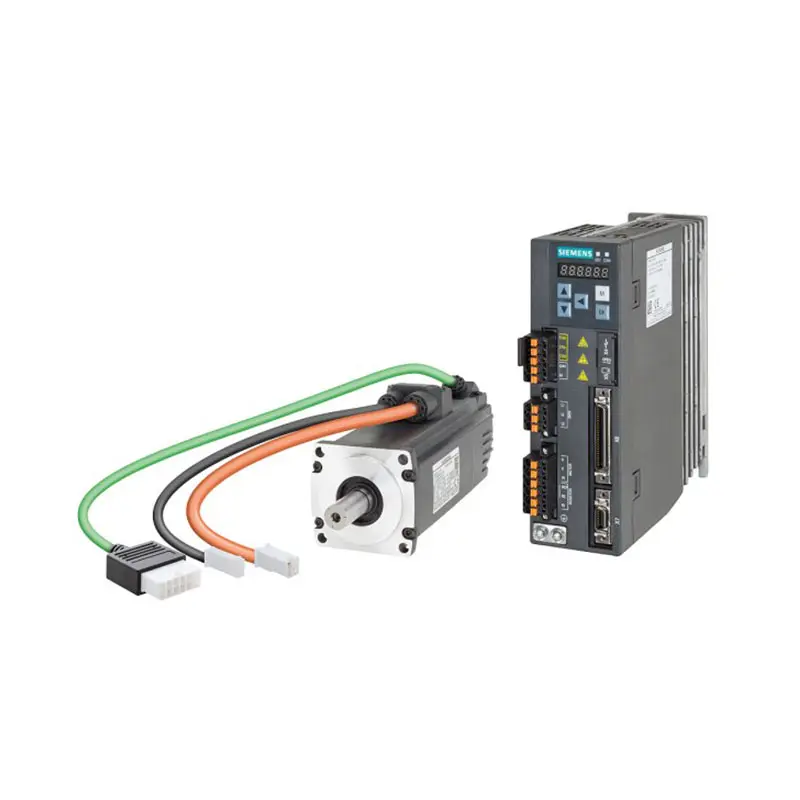 SIEMENS SINAMICS V90
SIEMENS SINAMICS V90 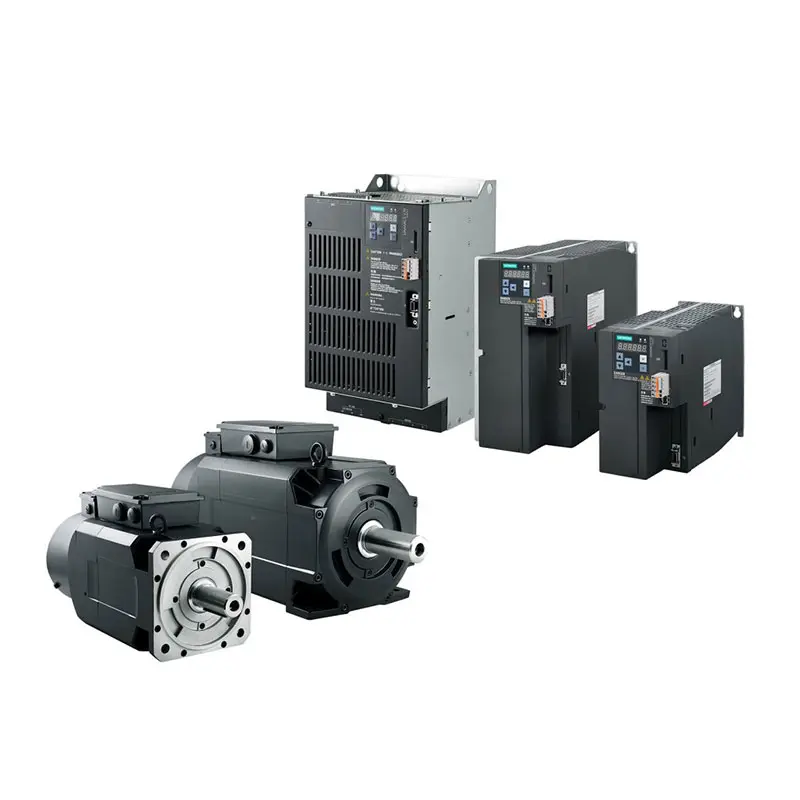 SIEMENS SINAMICS V70 Low Voltage
SIEMENS SINAMICS V70 Low Voltage 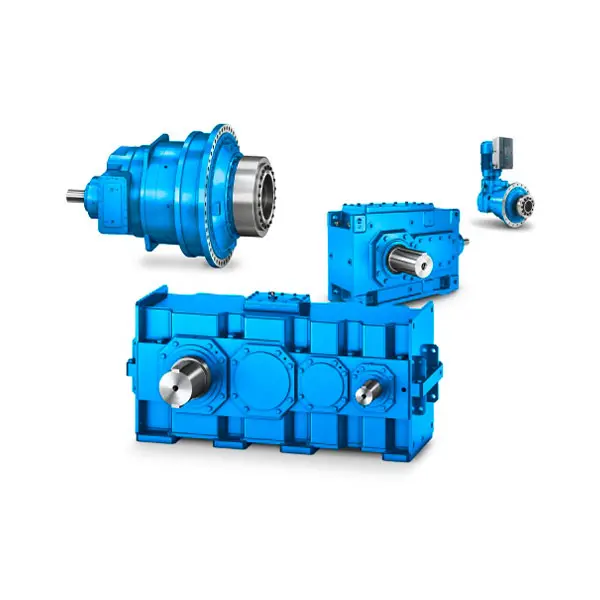 FLENDER Gear Unit
FLENDER Gear Unit 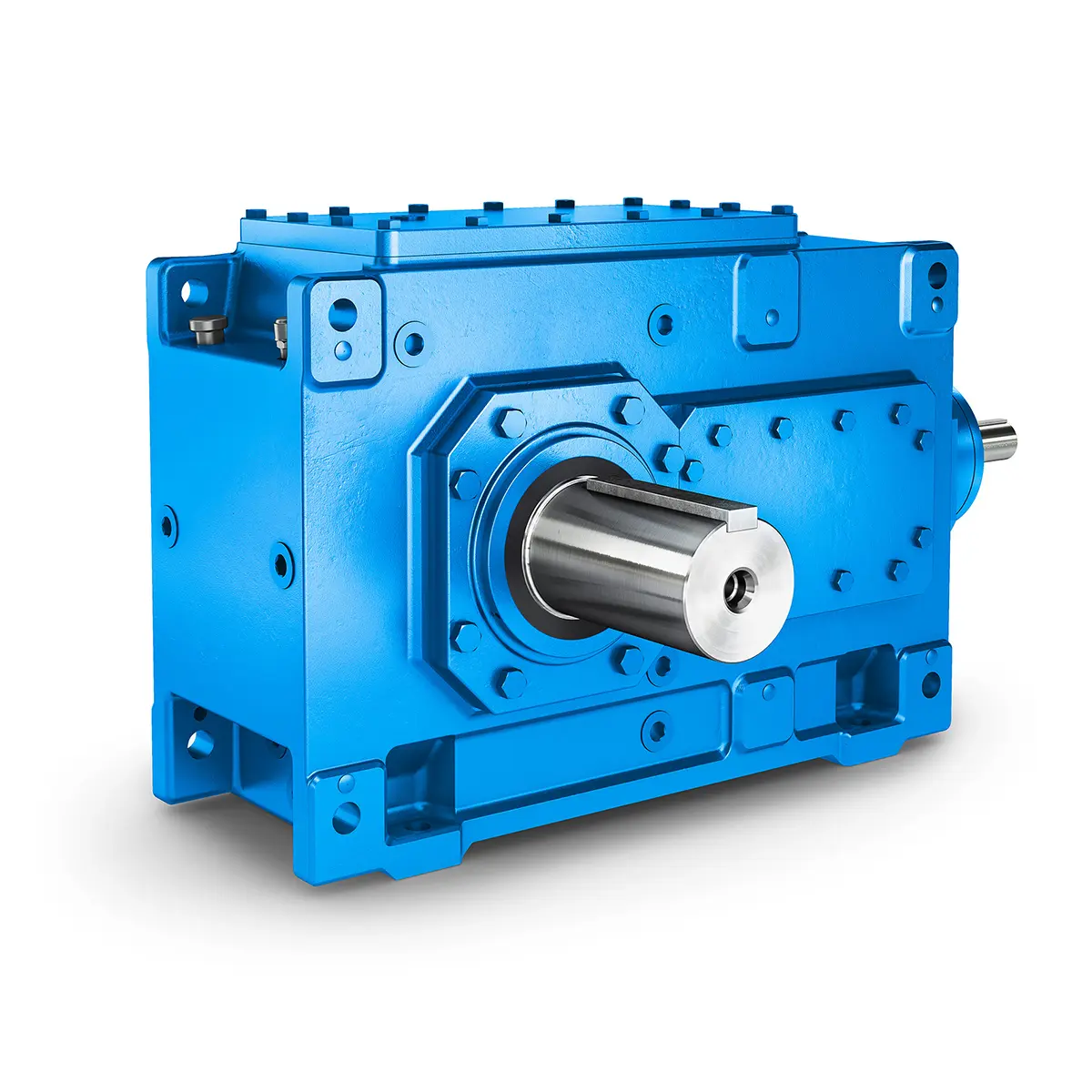 FLENDER Helical Gear Unit
FLENDER Helical Gear Unit 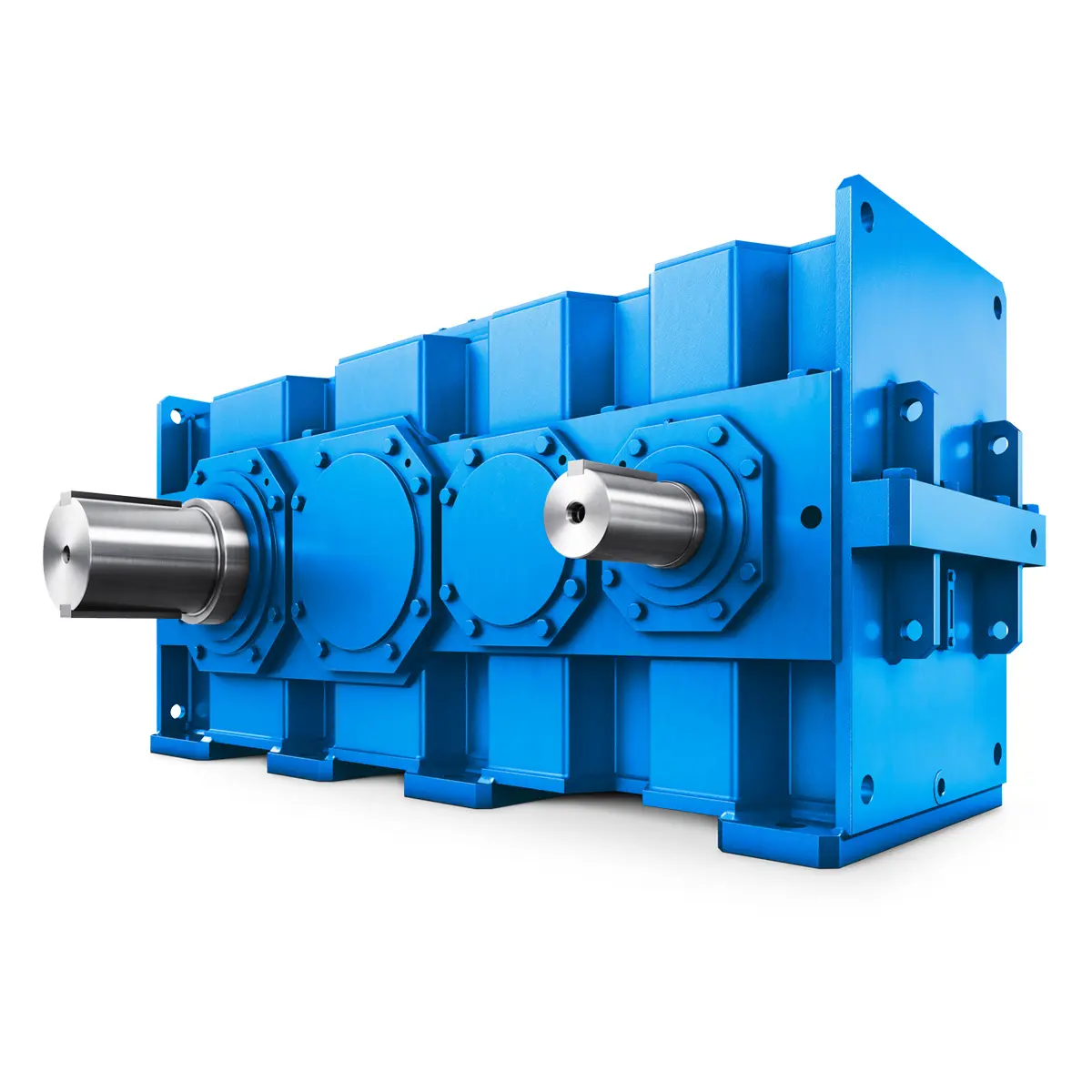 Flender gear units for lifting and luffing gears
Flender gear units for lifting and luffing gears  FLENDER Gear Unit gearunit gearbox
FLENDER Gear Unit gearunit gearbox 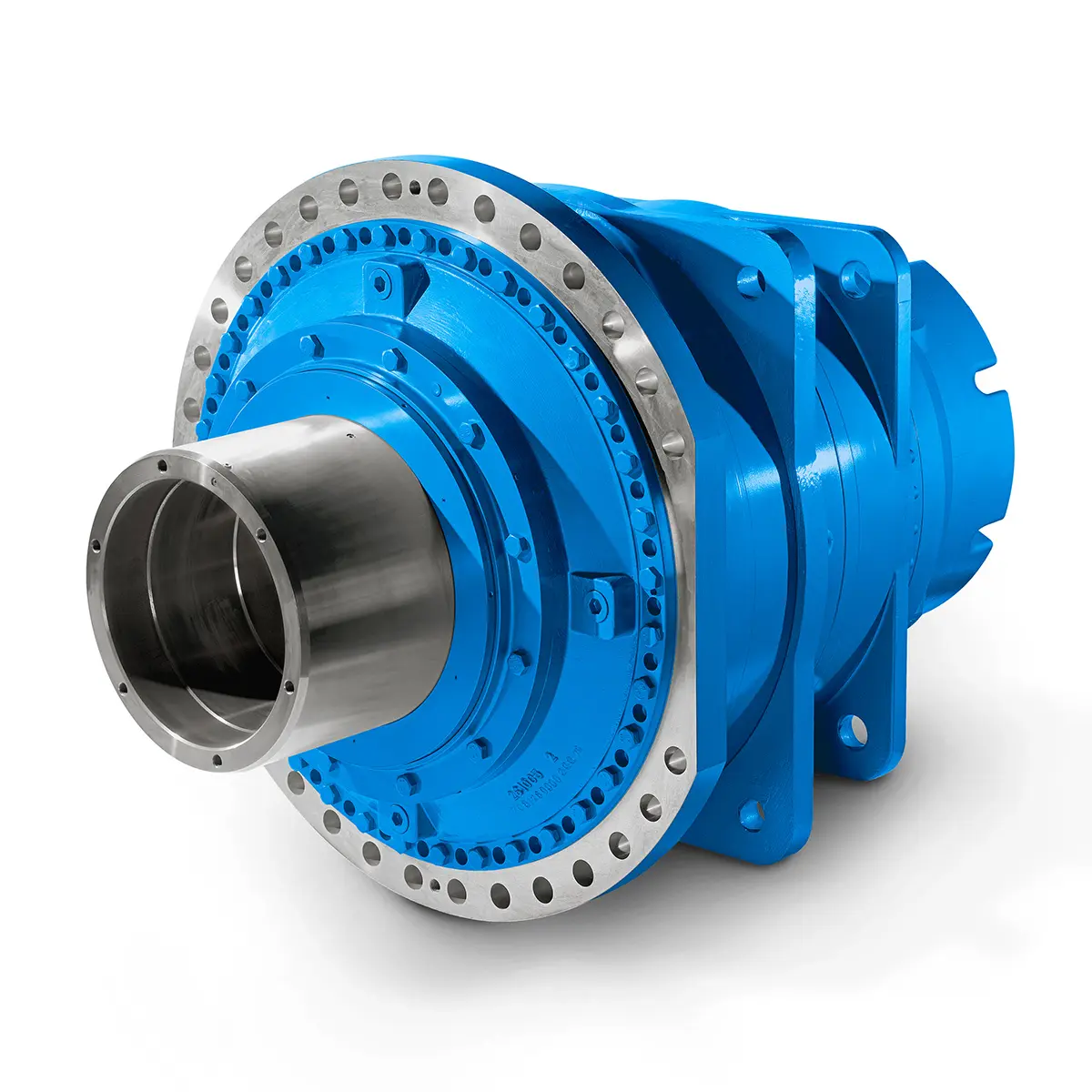 Optimal Drive Solution For Maximum Performance
Optimal Drive Solution For Maximum Performance 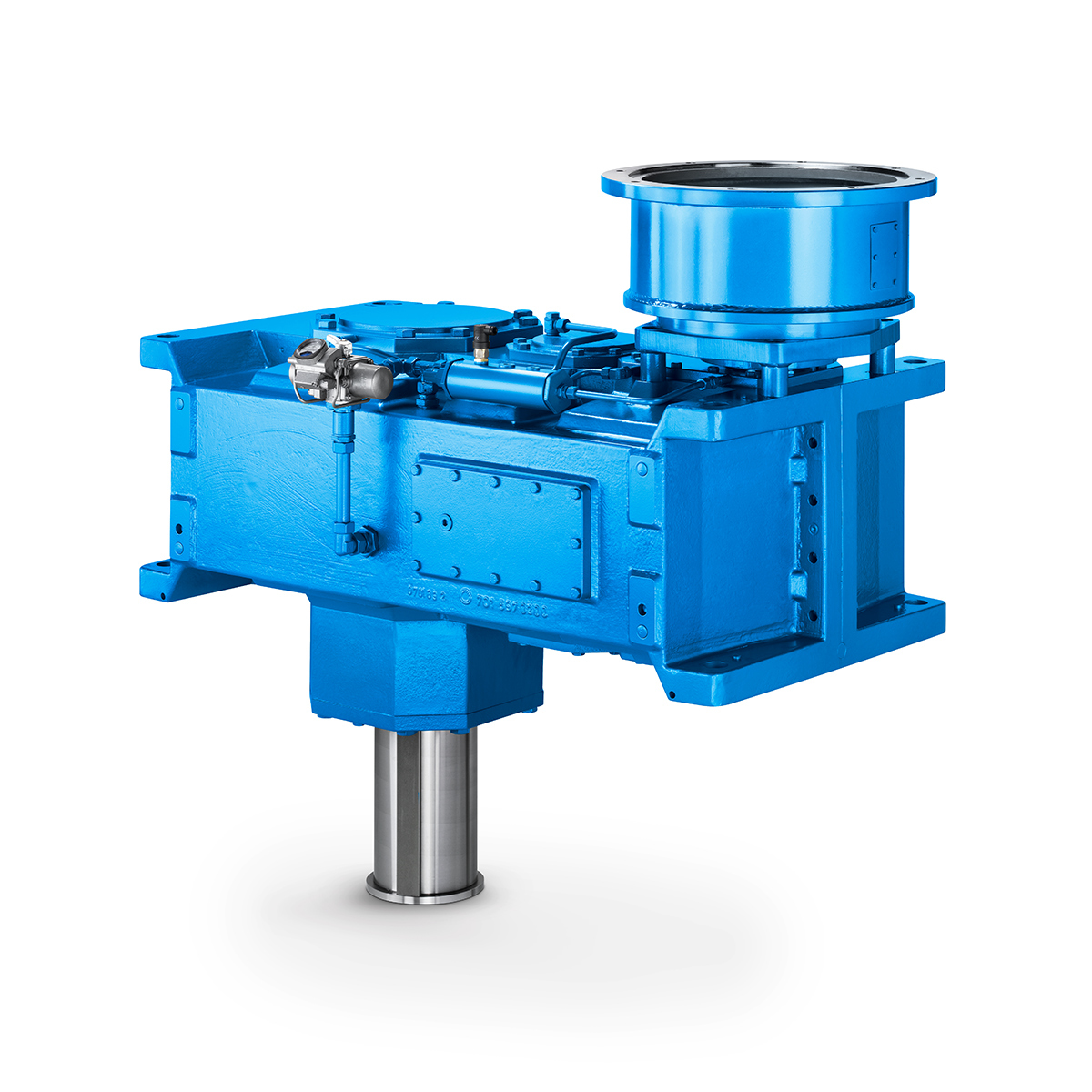 Strongly operating against biodegradable constituents
Strongly operating against biodegradable constituents  SINGLE SCREW Special industry dedicated gearunit gearbox
SINGLE SCREW Special industry dedicated gearunit gearbox 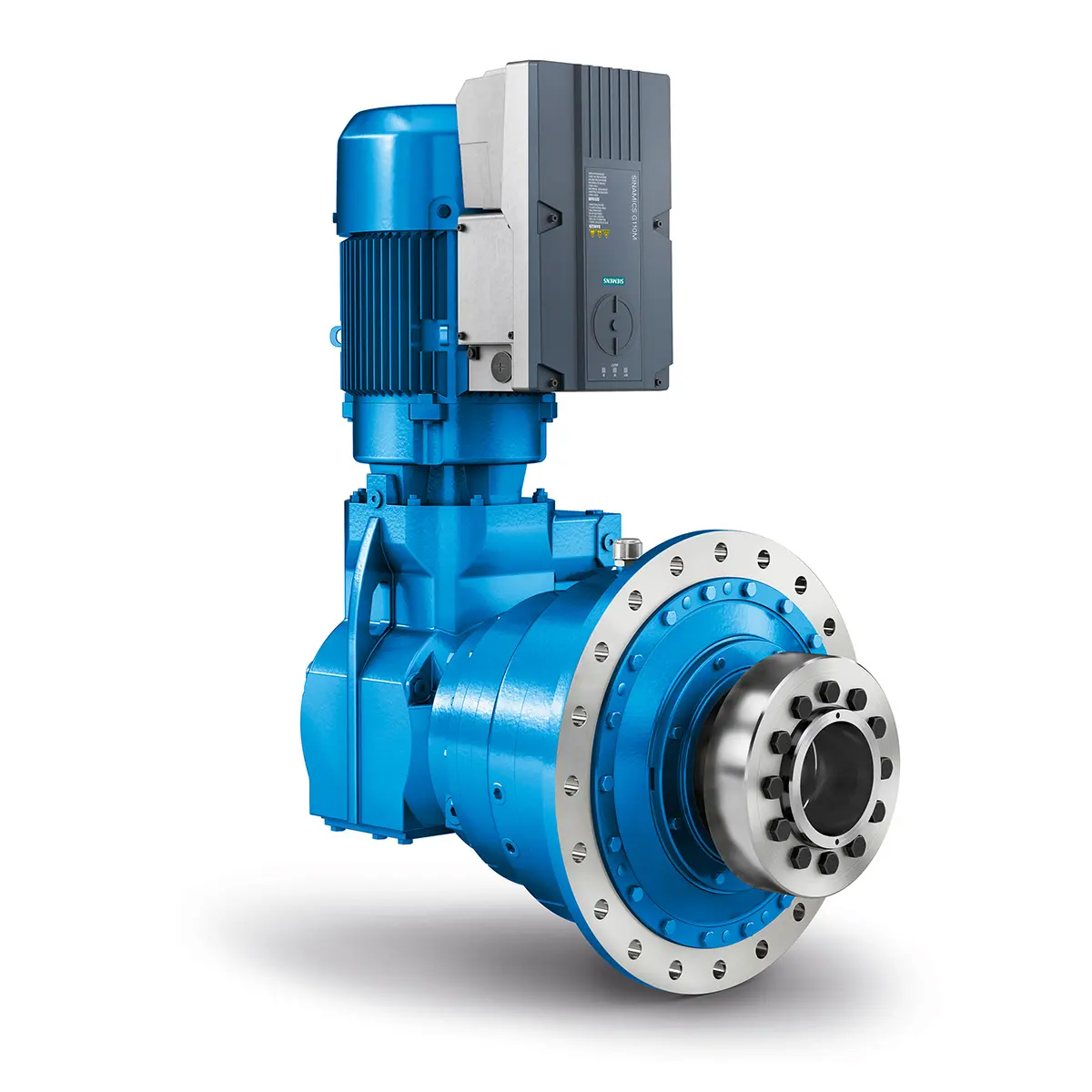 Playmaker In The Premium League
Playmaker In The Premium League 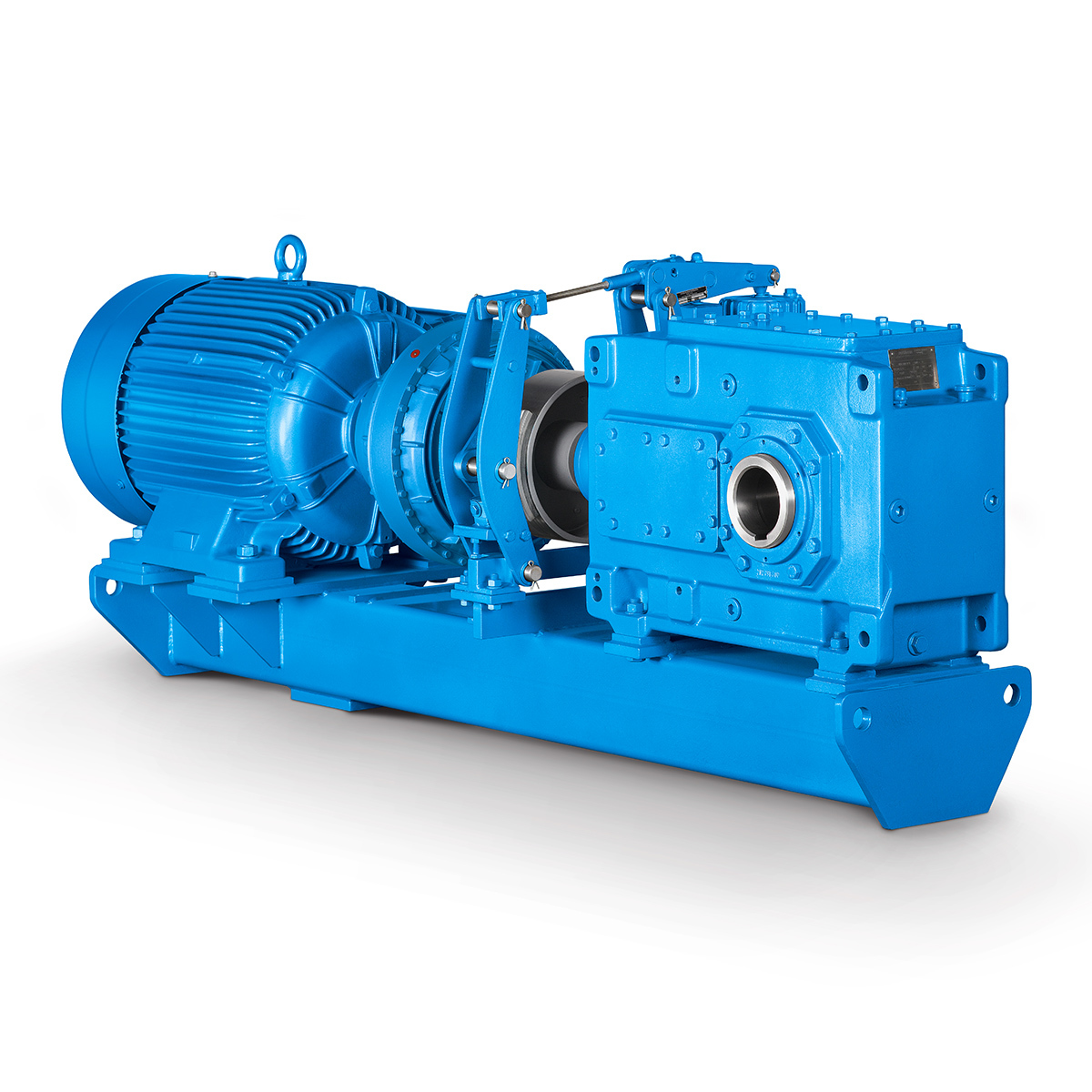 Conveyor belts gearunit gearbox
Conveyor belts gearunit gearbox 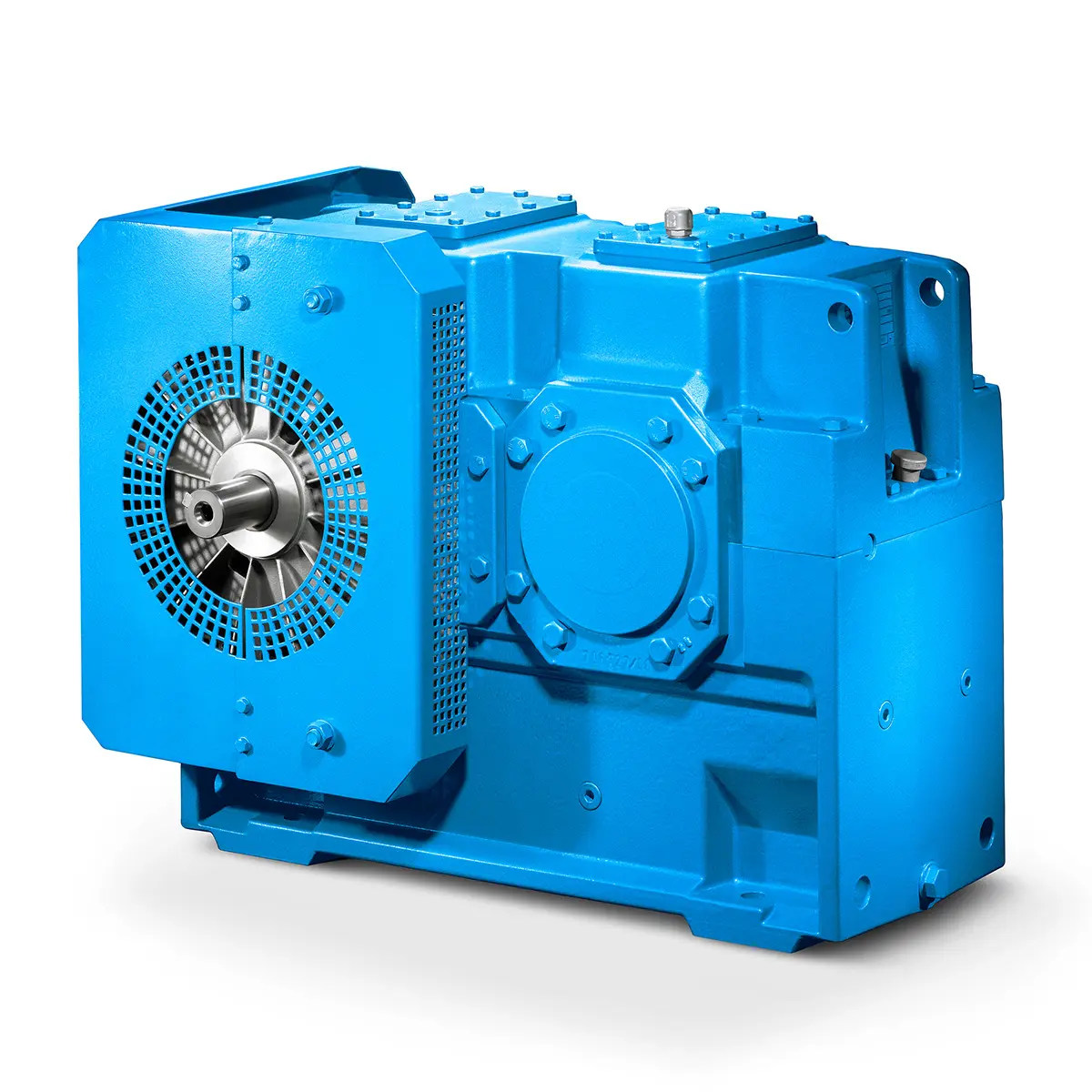 Paper And Pulp Preparation Sections
Paper And Pulp Preparation Sections 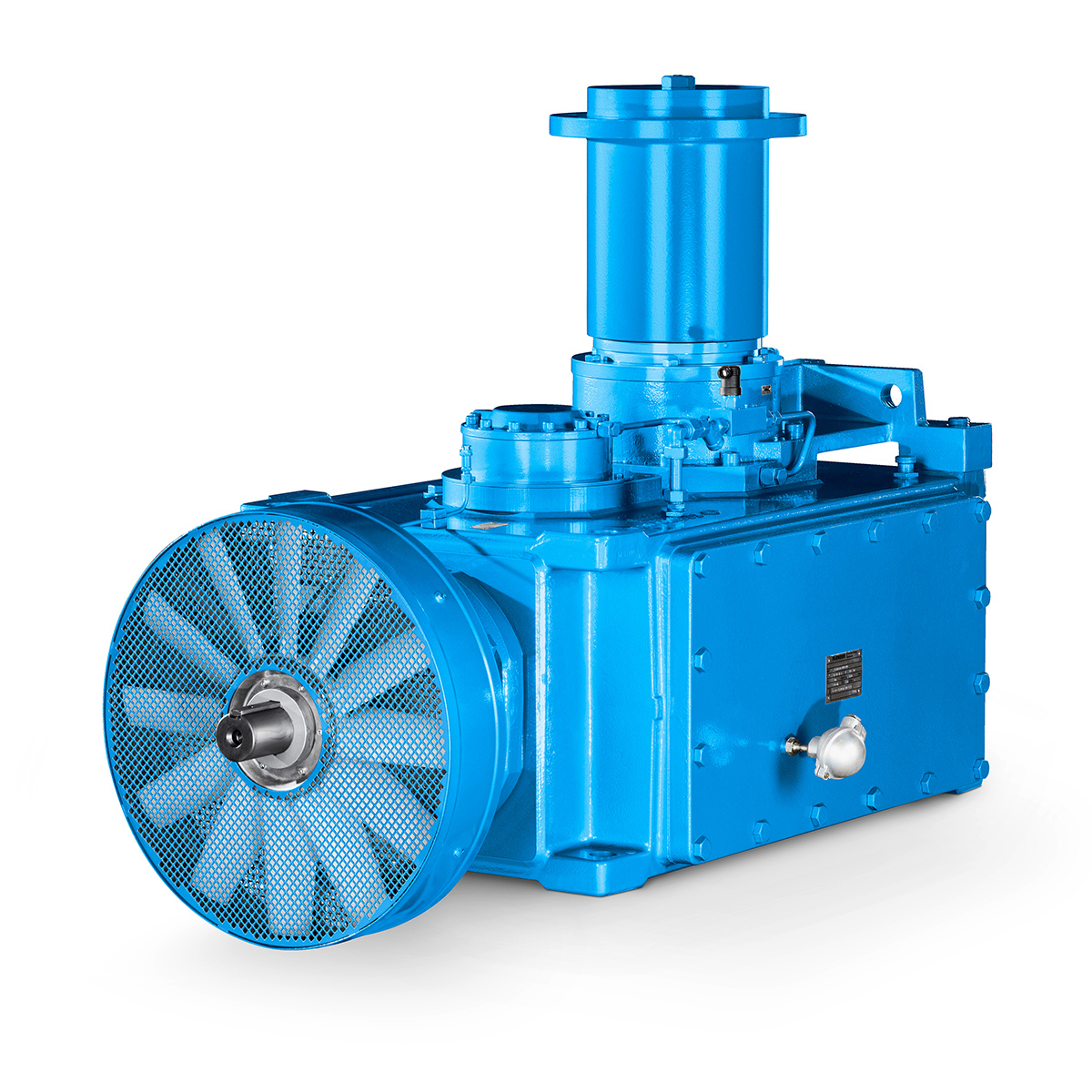 Operational Reliability Even In Case Of The Highest Ventilation Forces
Operational Reliability Even In Case Of The Highest Ventilation Forces  Reliable Gear Units For High Performance Vertical Conveyors 59/200
Reliable Gear Units For High Performance Vertical Conveyors 59/200 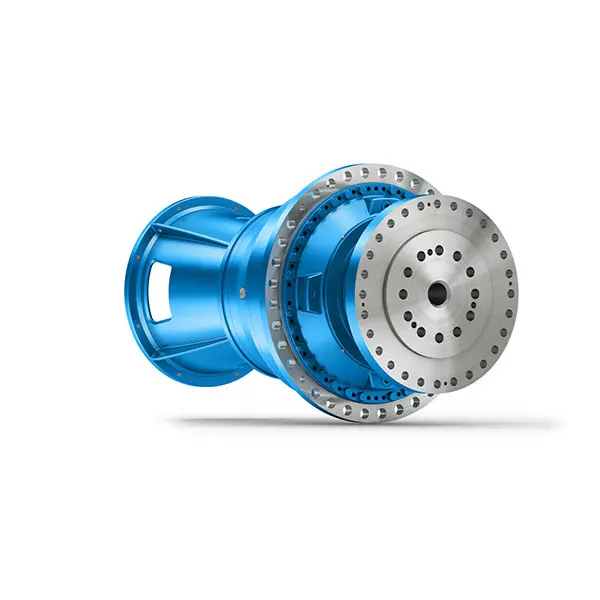 Maximum power density – PLANUREX 3 L individual drives for your sugar cane mill
Maximum power density – PLANUREX 3 L individual drives for your sugar cane mill 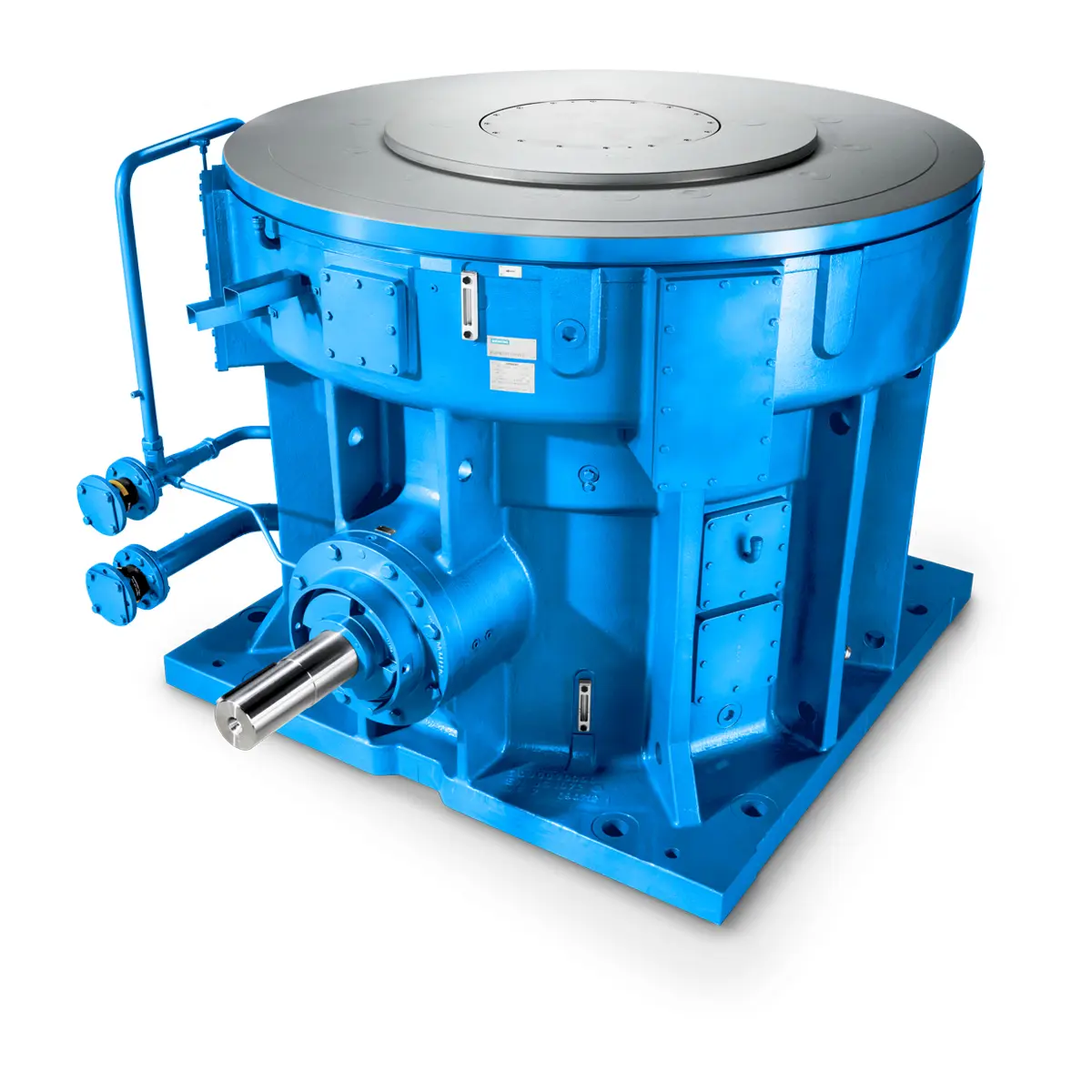 The proven all rounder gearunit gearbox
The proven all rounder gearunit gearbox 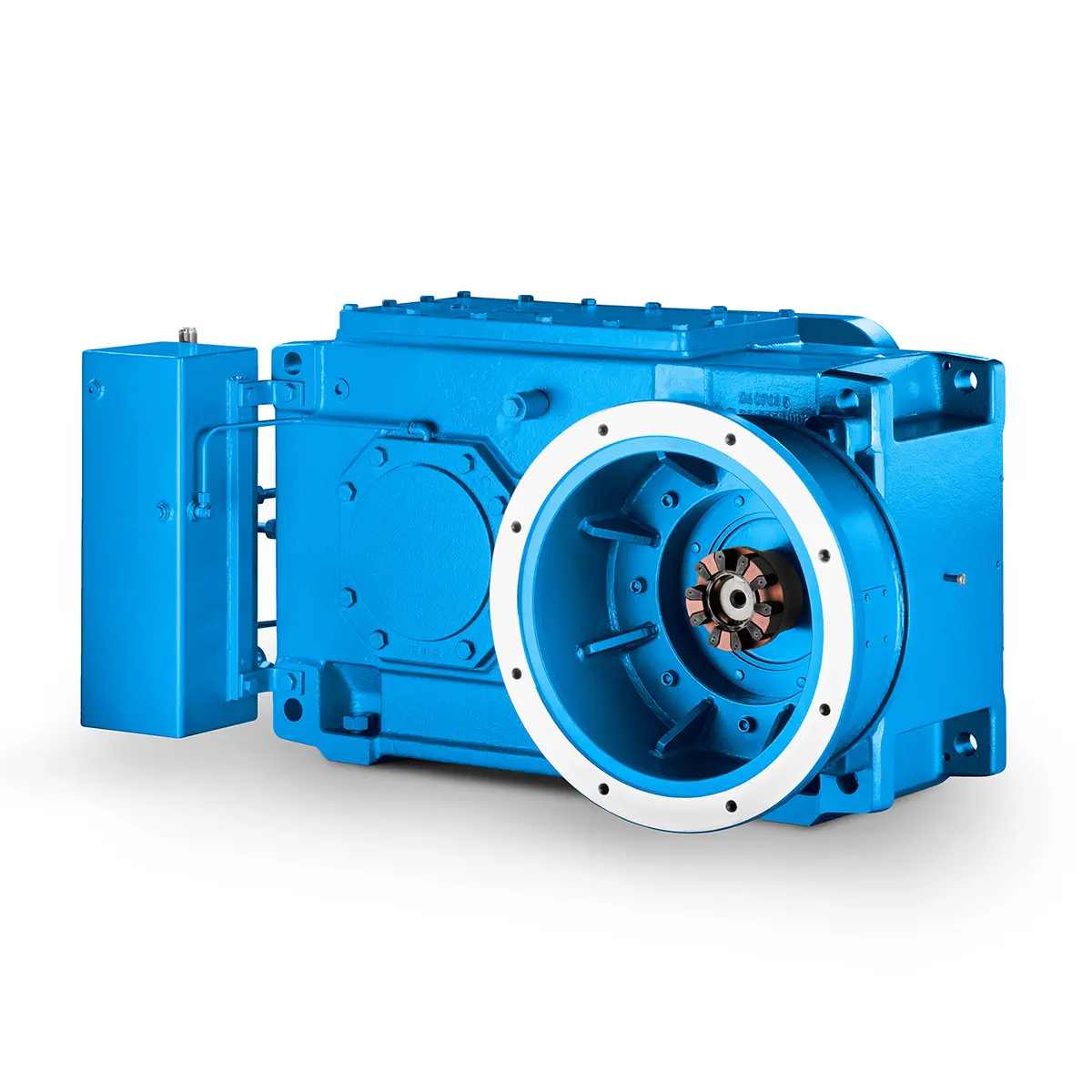 Stirs and stirs and stirs gearunit gearbox
Stirs and stirs and stirs gearunit gearbox 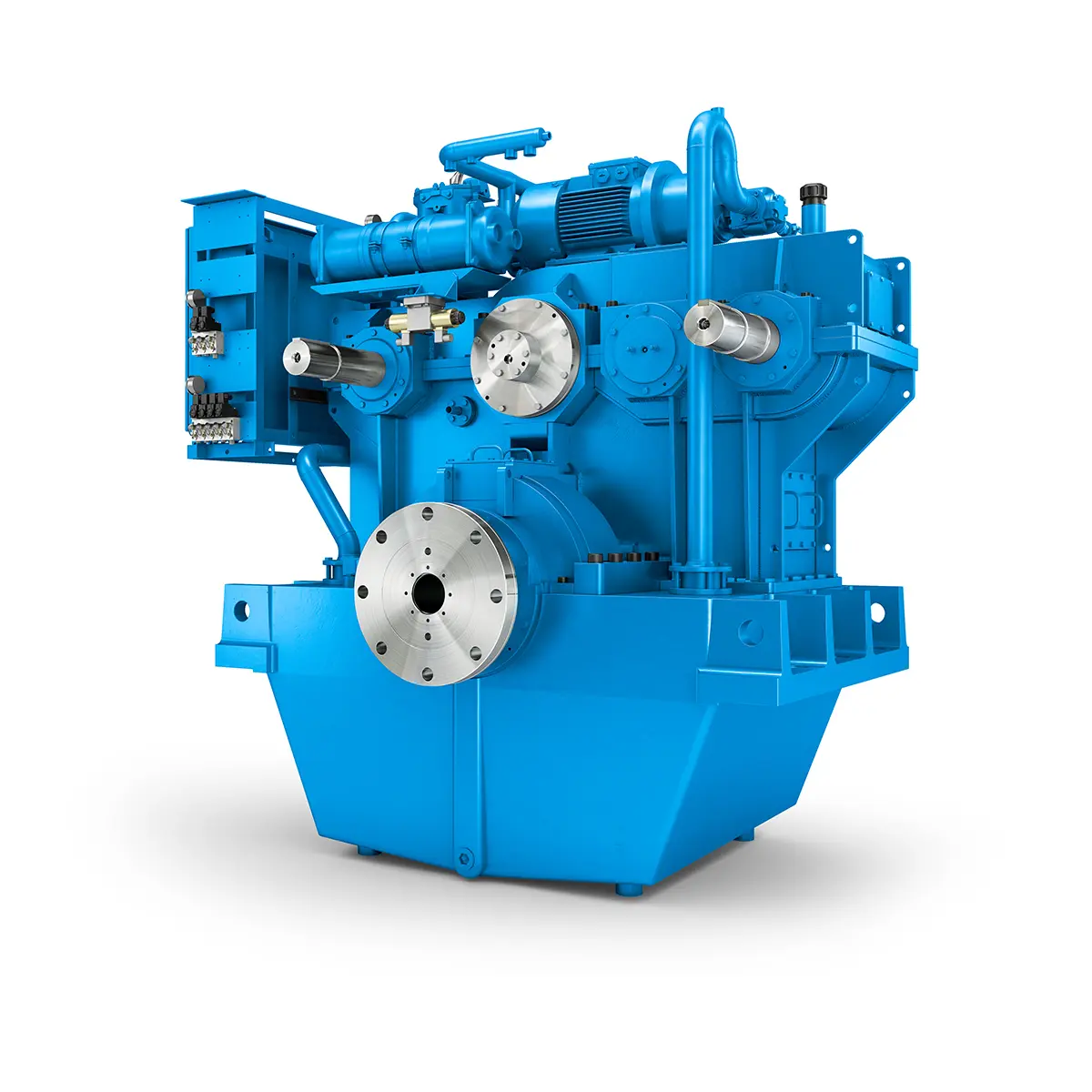 Flexibility on Board gearunit gearbox
Flexibility on Board gearunit gearbox 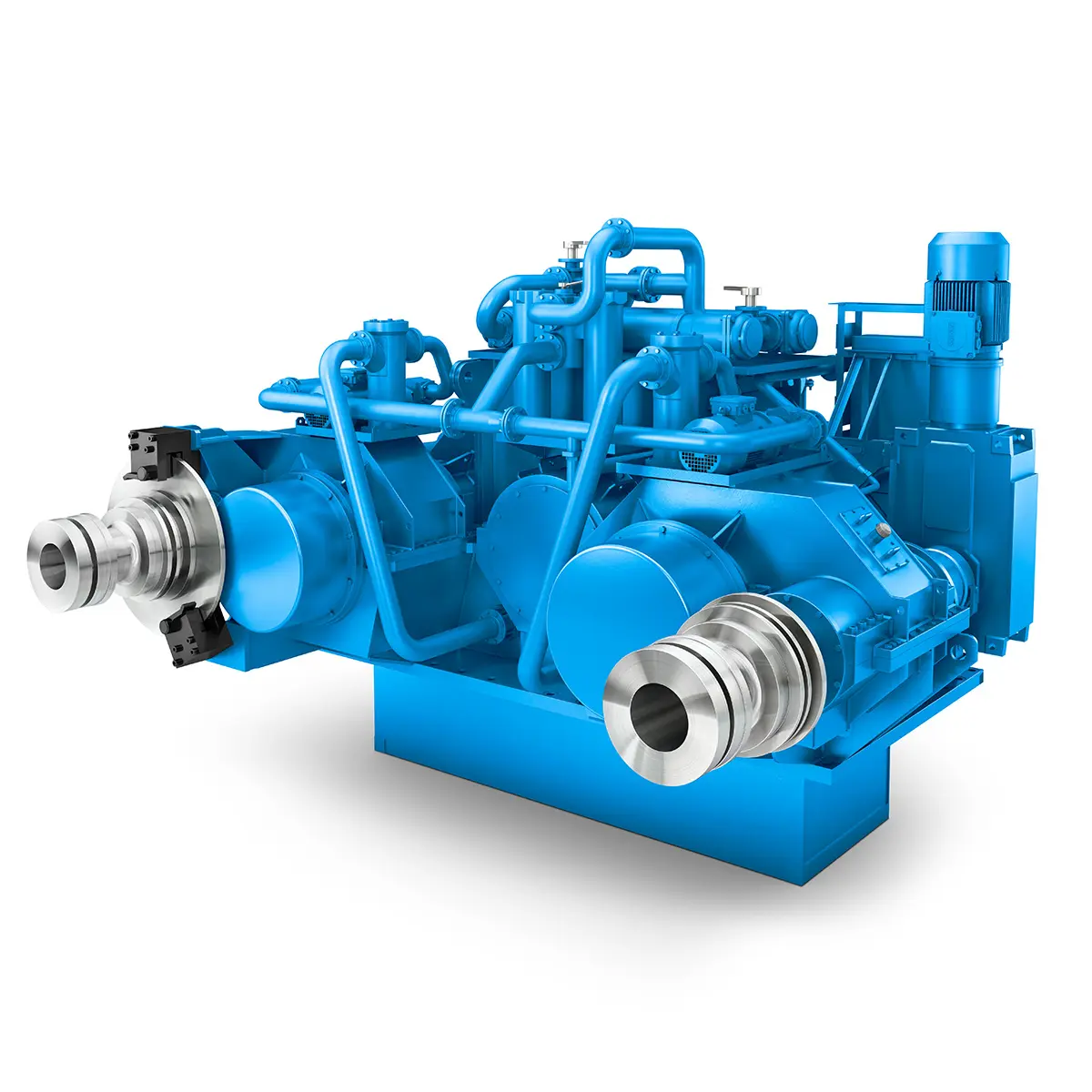 The right gearbox for all Multi-Engine Ships
The right gearbox for all Multi-Engine Ships 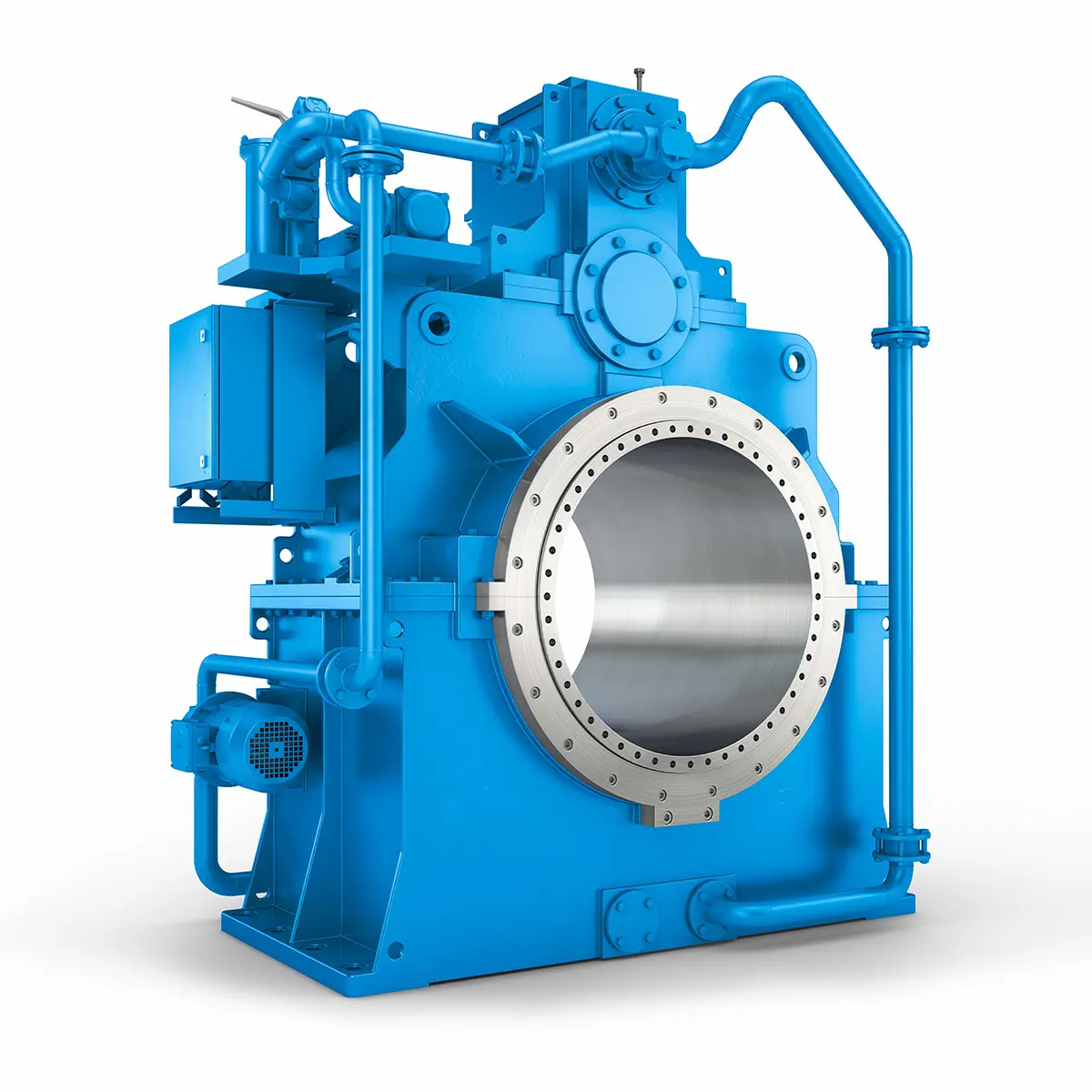 Reliable Power Generation on board
Reliable Power Generation on board 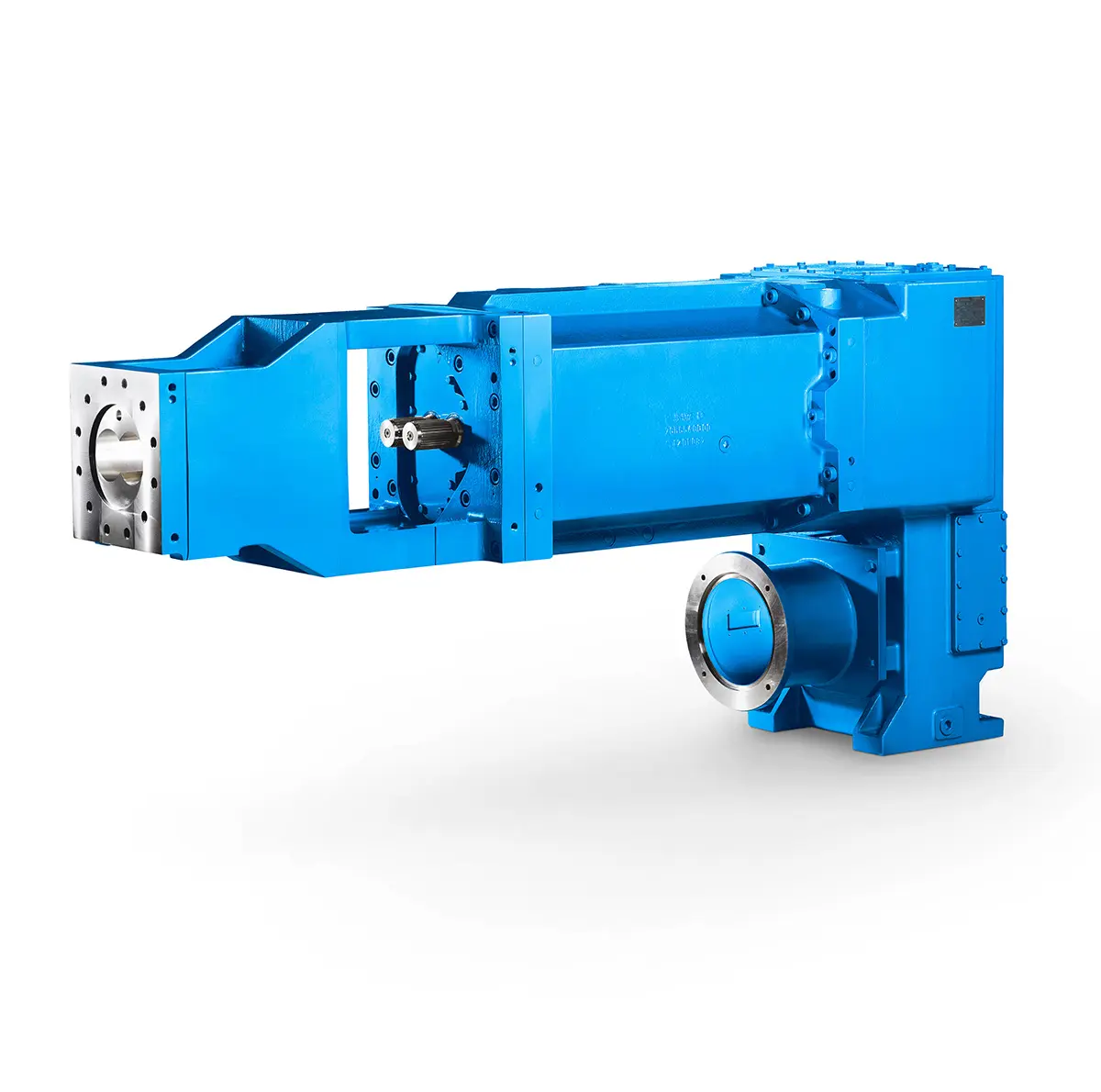 Maximum performance level, fast deliverable
Maximum performance level, fast deliverable 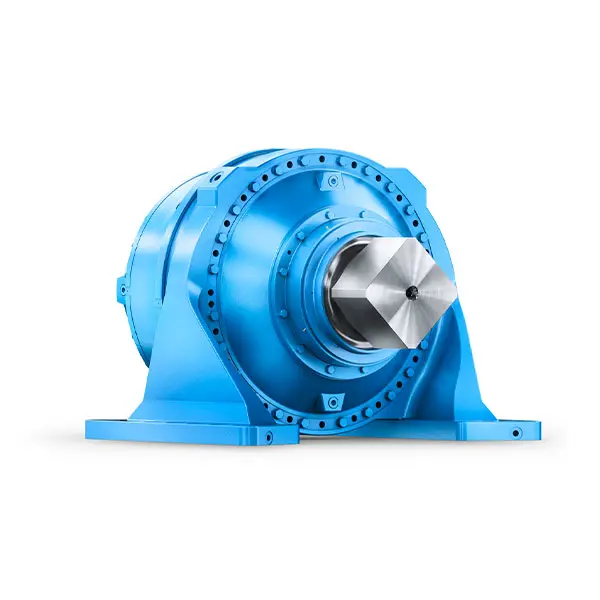 Efficient and compact – FLENDER Gear Units for Sugar Mills
Efficient and compact – FLENDER Gear Units for Sugar Mills 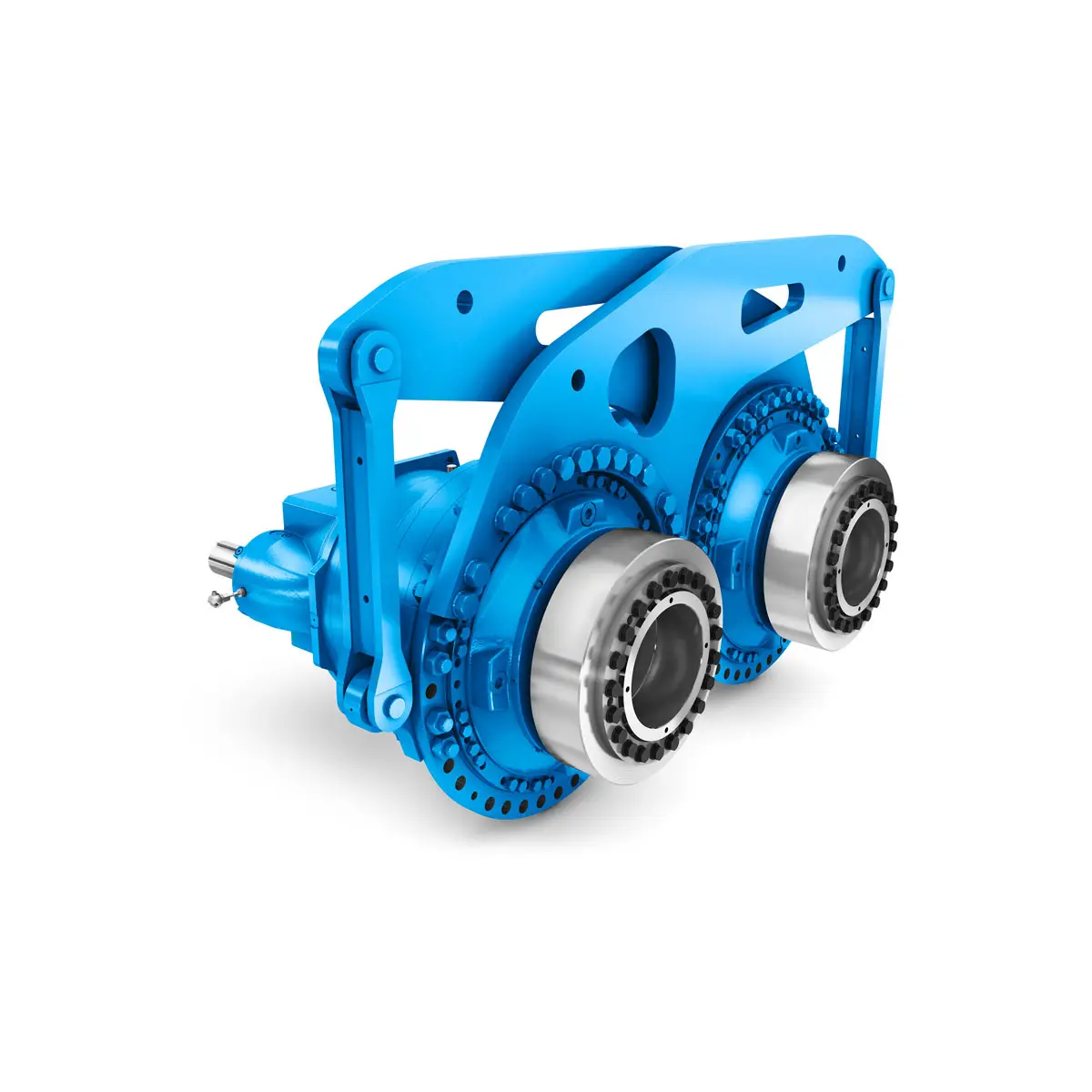 Extremely strong. Extremely compact. Extremely stressable.
Extremely strong. Extremely compact. Extremely stressable. 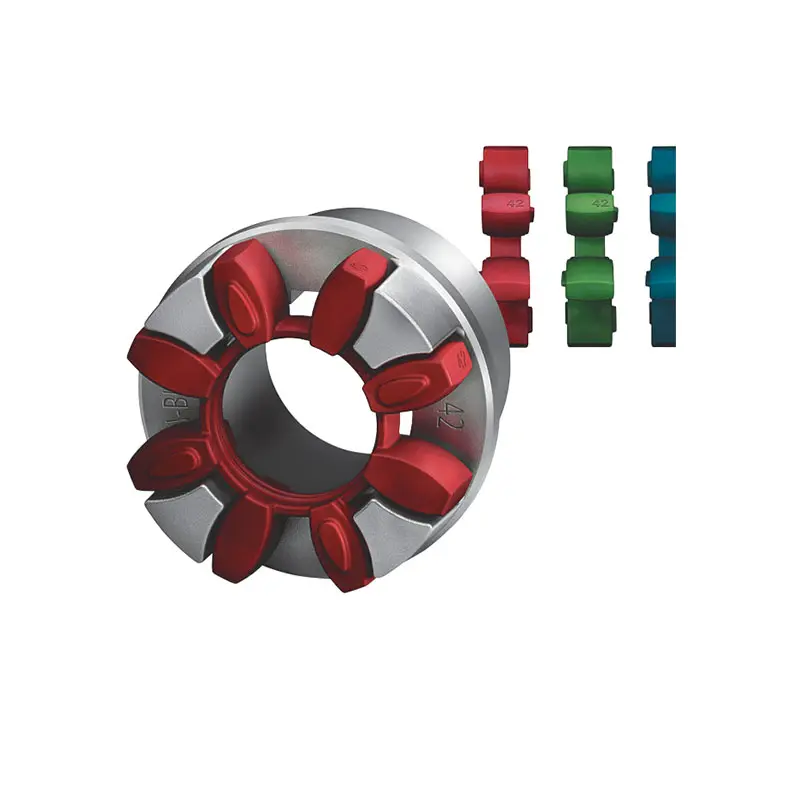 FLENDER Coupling
FLENDER Coupling 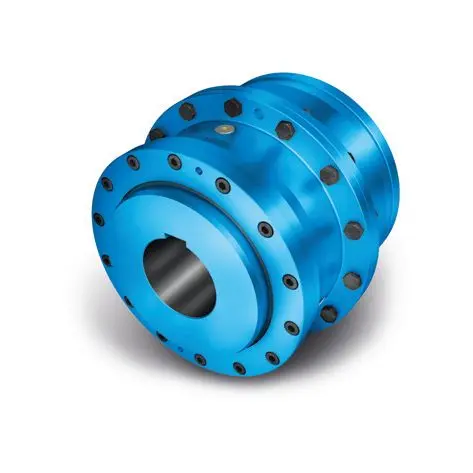 ZAPEX ZW Torsionally Rigid Gear Coupling
ZAPEX ZW Torsionally Rigid Gear Coupling 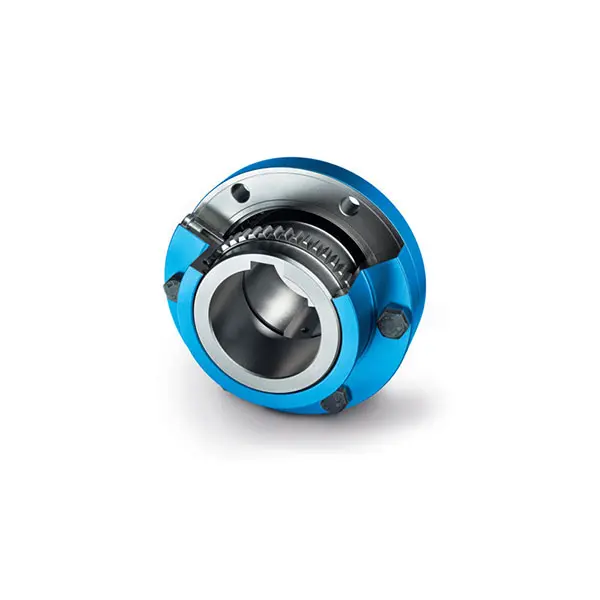 ZAPEX ZN Torsionally Rigid Gear Coupling
ZAPEX ZN Torsionally Rigid Gear Coupling 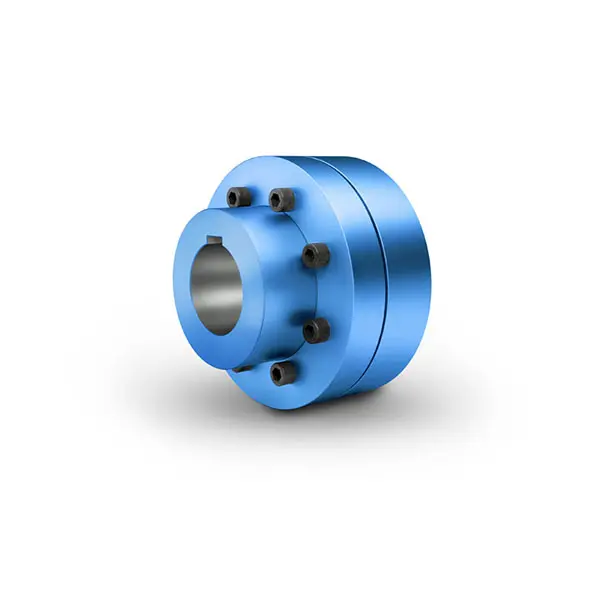 N-EUPEX Flexible high performance Coupling
N-EUPEX Flexible high performance Coupling 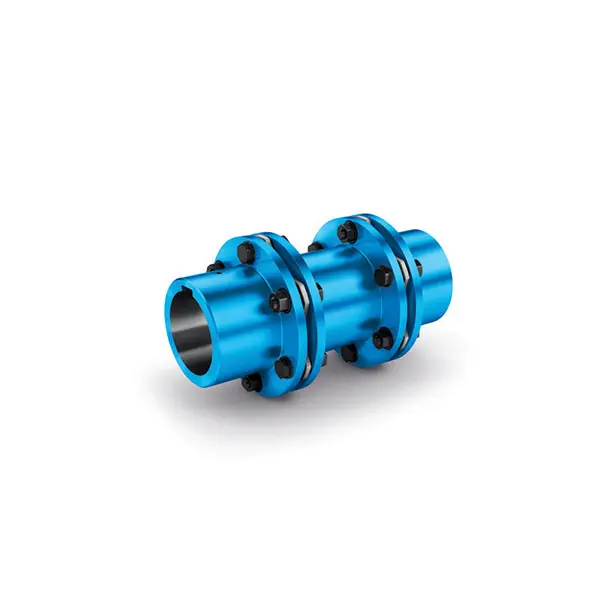 N-ARPEX Torsionally Rigid All-Steel Coupling
N-ARPEX Torsionally Rigid All-Steel Coupling 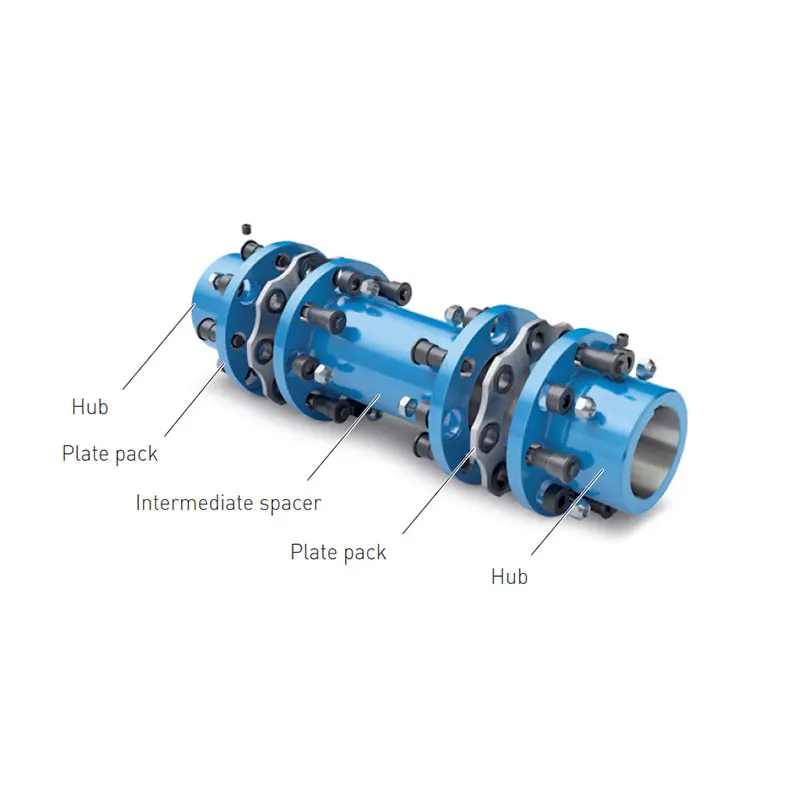 ARPEX Torsionally Rigid All-Steel Coupling Spare and Parts
ARPEX Torsionally Rigid All-Steel Coupling Spare and Parts  N-EUPEX DS Flexible High Performance Coupling
N-EUPEX DS Flexible High Performance Coupling 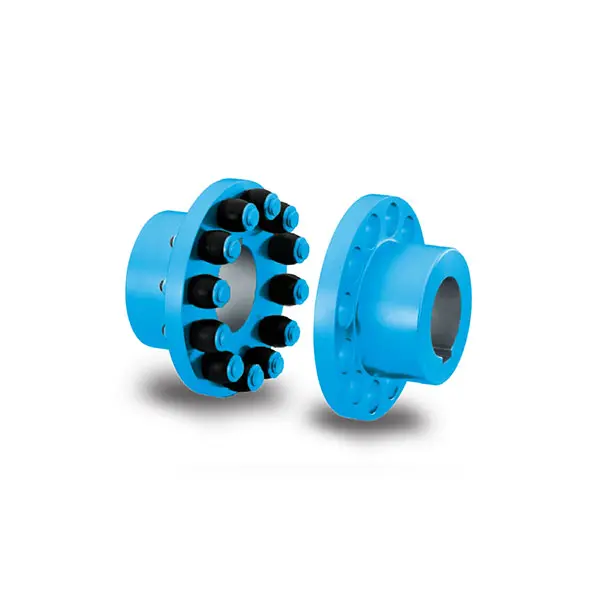 RUPEX Flexible high performance Coupling
RUPEX Flexible high performance Coupling 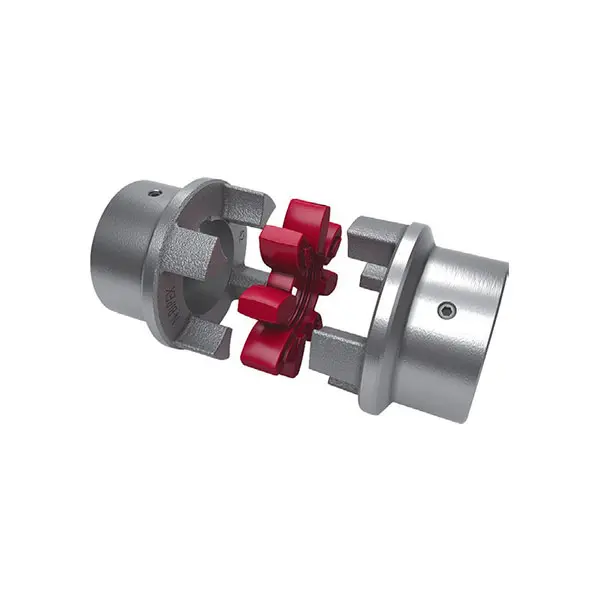 N BIPEX Flexible high performance coupling
N BIPEX Flexible high performance coupling 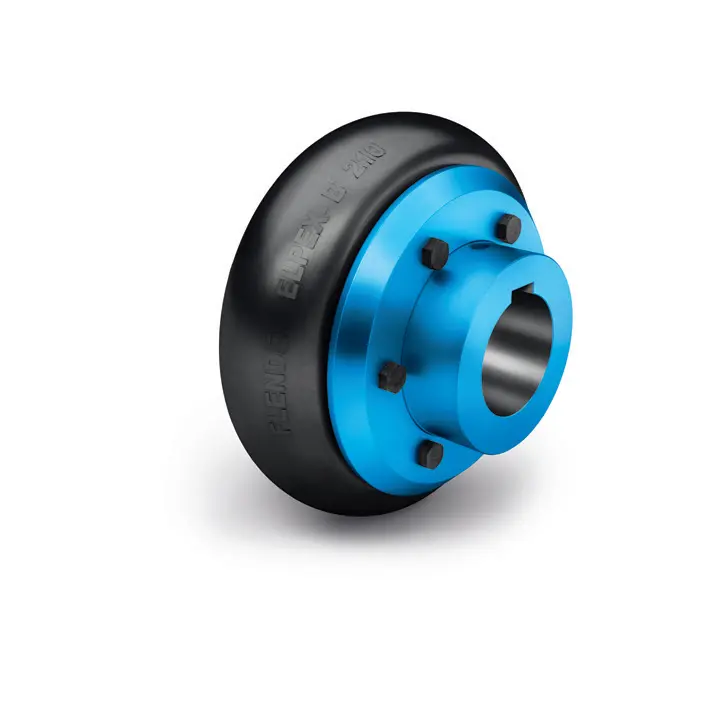 ELPEX B Highly Flexible Coupling
ELPEX B Highly Flexible Coupling  ELPEX S Highly Flexible Coupling high performance
ELPEX S Highly Flexible Coupling high performance 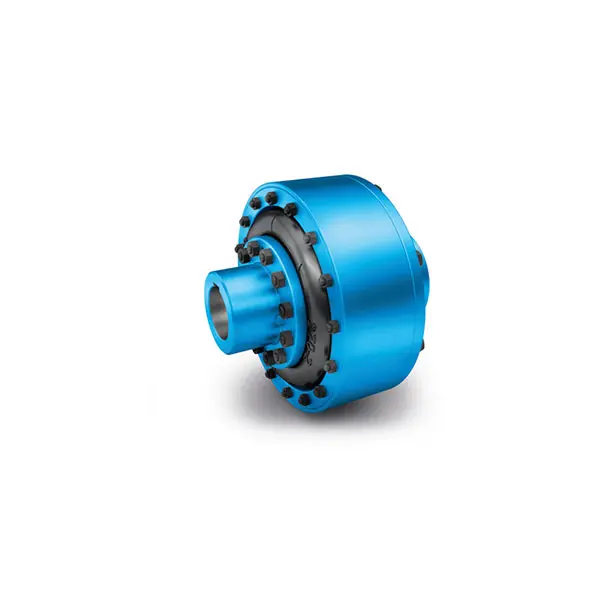 ELPEX Highly Flexible Coupling high performance
ELPEX Highly Flexible Coupling high performance 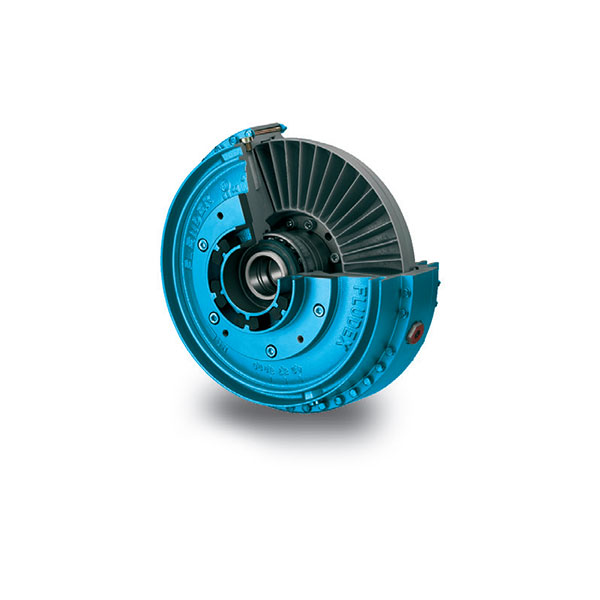 FLUDEX Fluid Coupling high performance
FLUDEX Fluid Coupling high performance 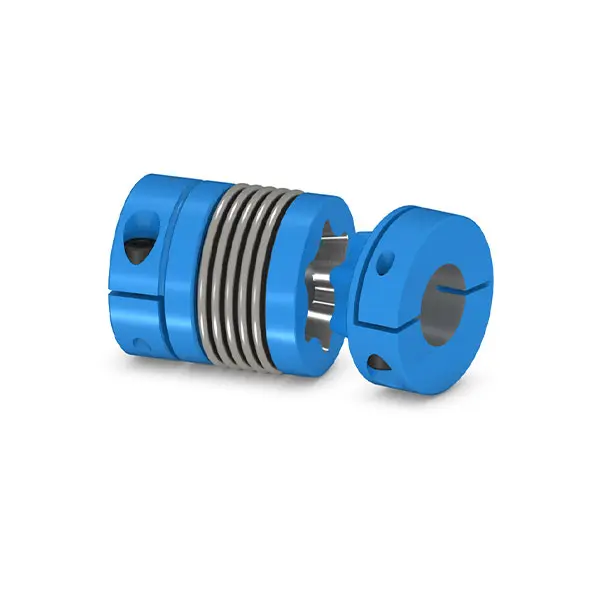 SIPEX Backlash free Coupling high performance
SIPEX Backlash free Coupling high performance 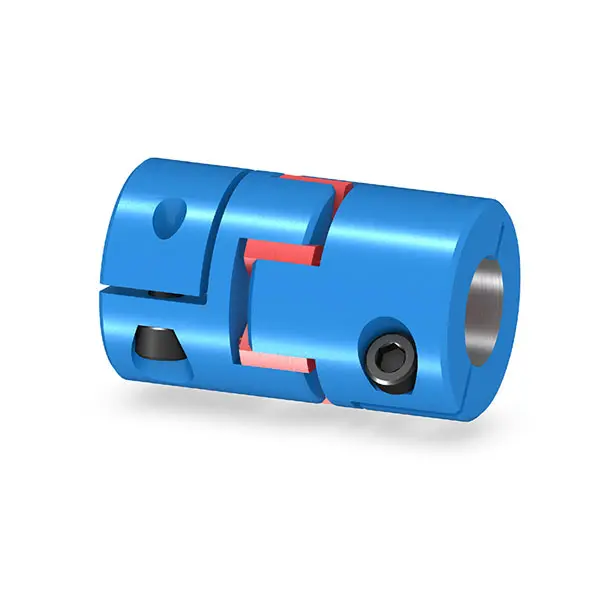 BIPEX S Backlash free Coupling high performance
BIPEX S Backlash free Coupling high performance 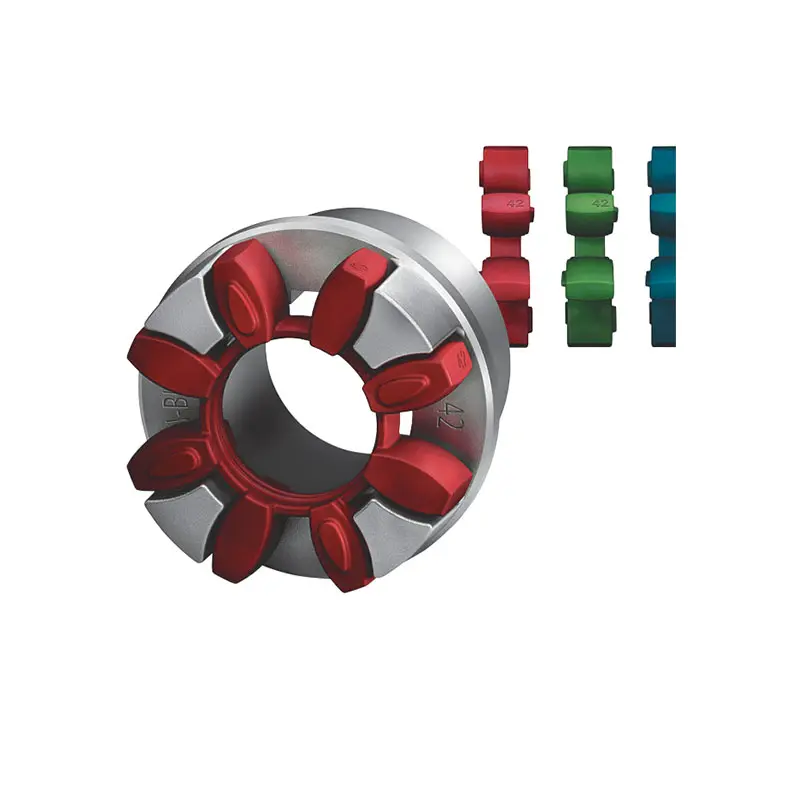 FLENDER Coupling Spare Parts high performance
FLENDER Coupling Spare Parts high performance 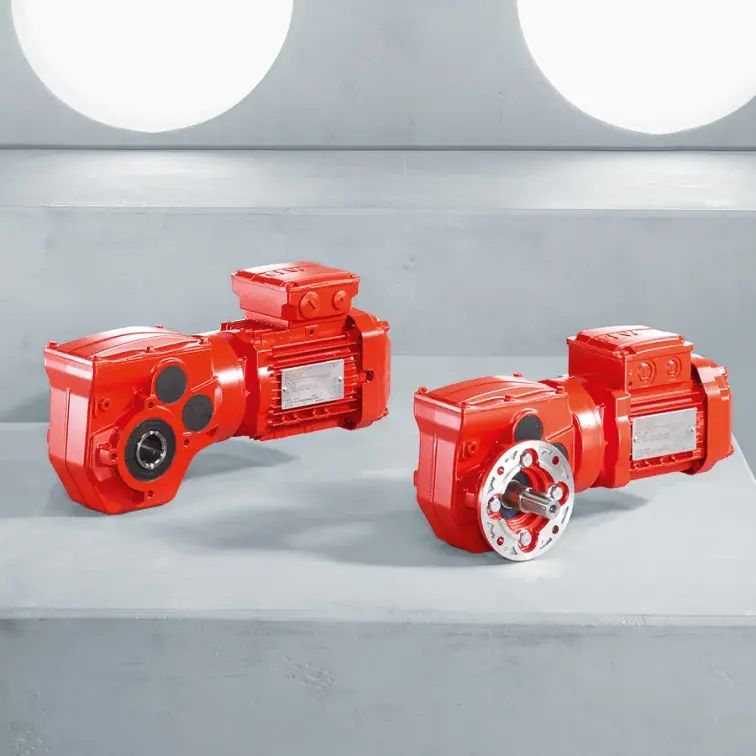 SEW Gearmotor
SEW Gearmotor
Our Company
News
Case
Contact Us
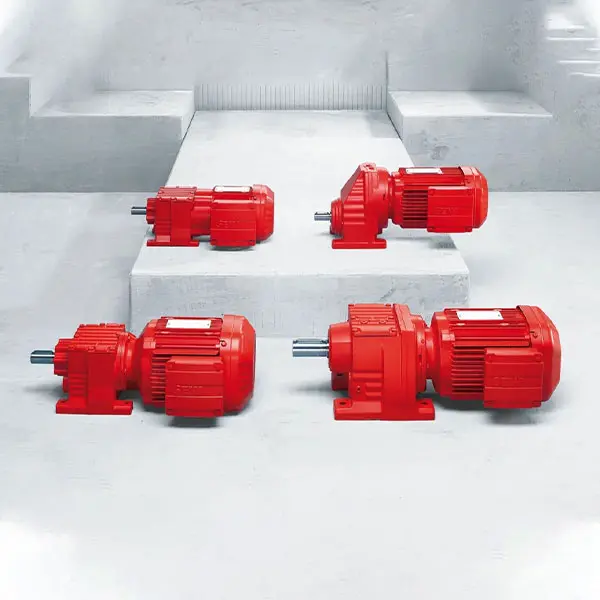 R Series Helical Gearmotor low voltage
R Series Helical Gearmotor low voltage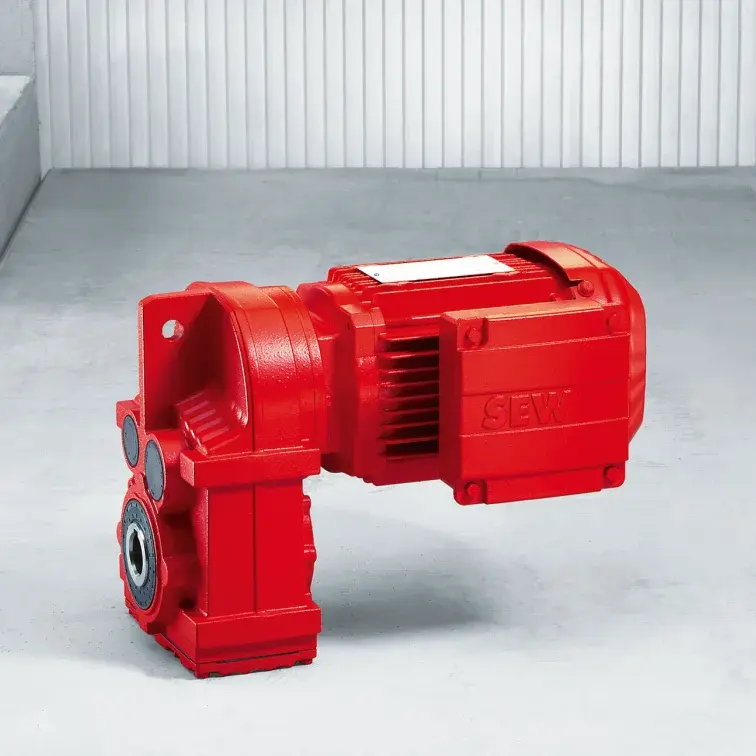 F Series Parallel Shaft Gearmotor low voltage
F Series Parallel Shaft Gearmotor low voltage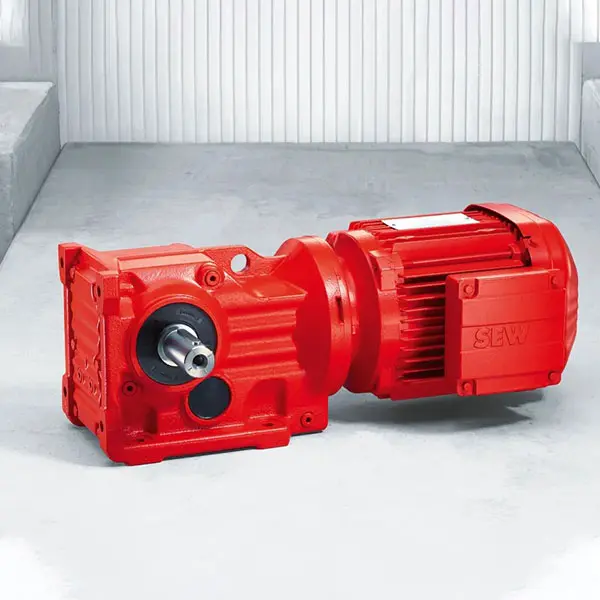 K Series Helical Bevel Gearmotor low voltage
K Series Helical Bevel Gearmotor low voltage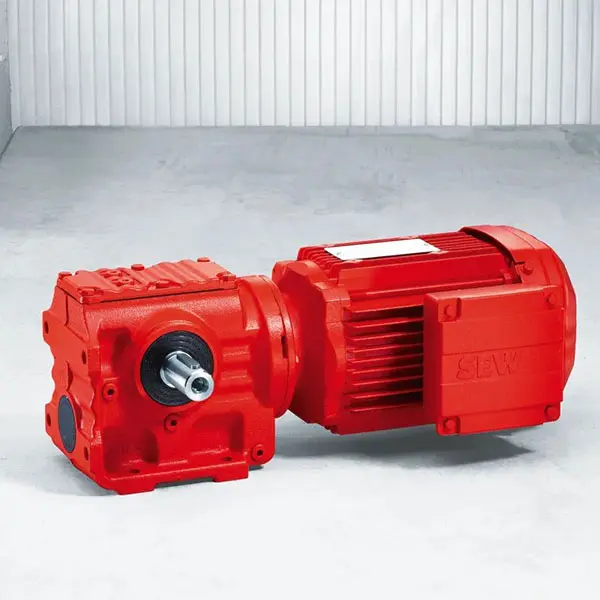 S Series Helical Worm Gearmotor low voltage
S Series Helical Worm Gearmotor low voltage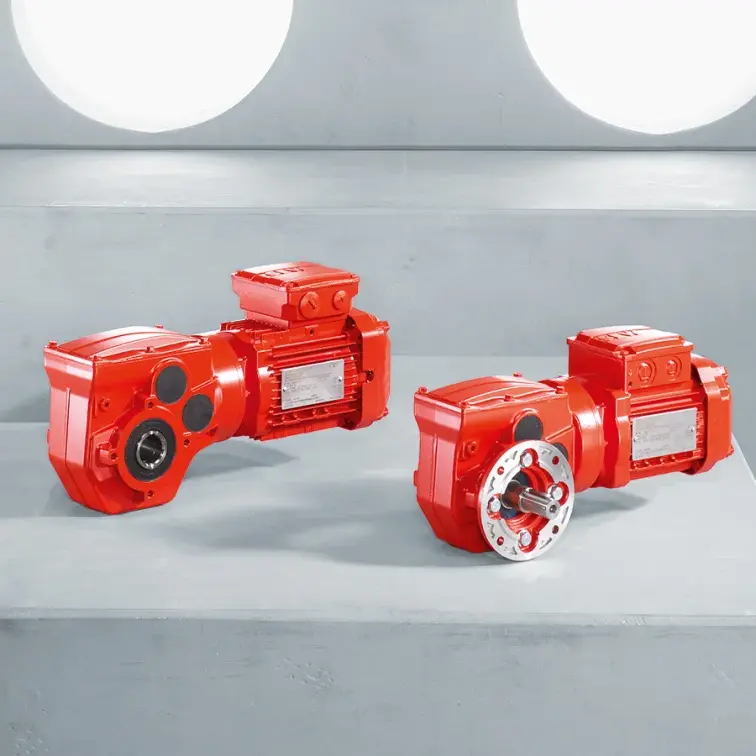 W Series SPIROPLAN® Right Angle Gearmotor
W Series SPIROPLAN® Right Angle Gearmotor

